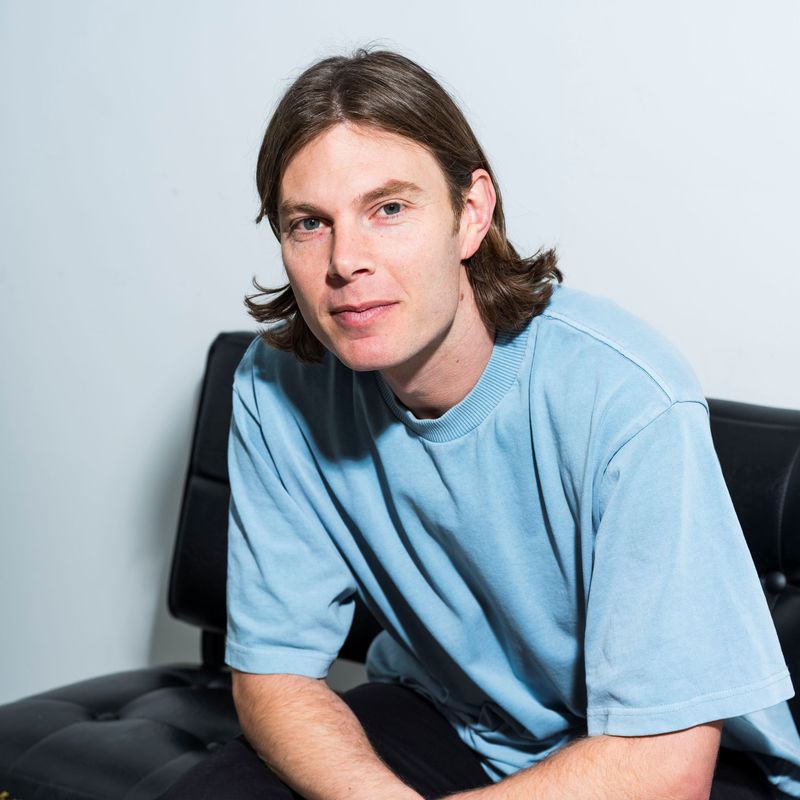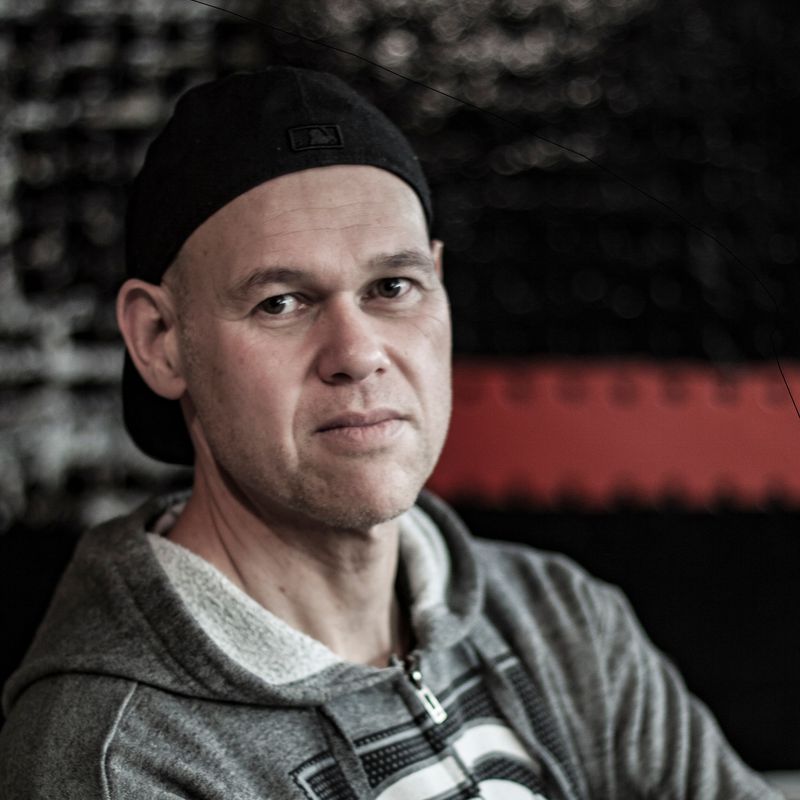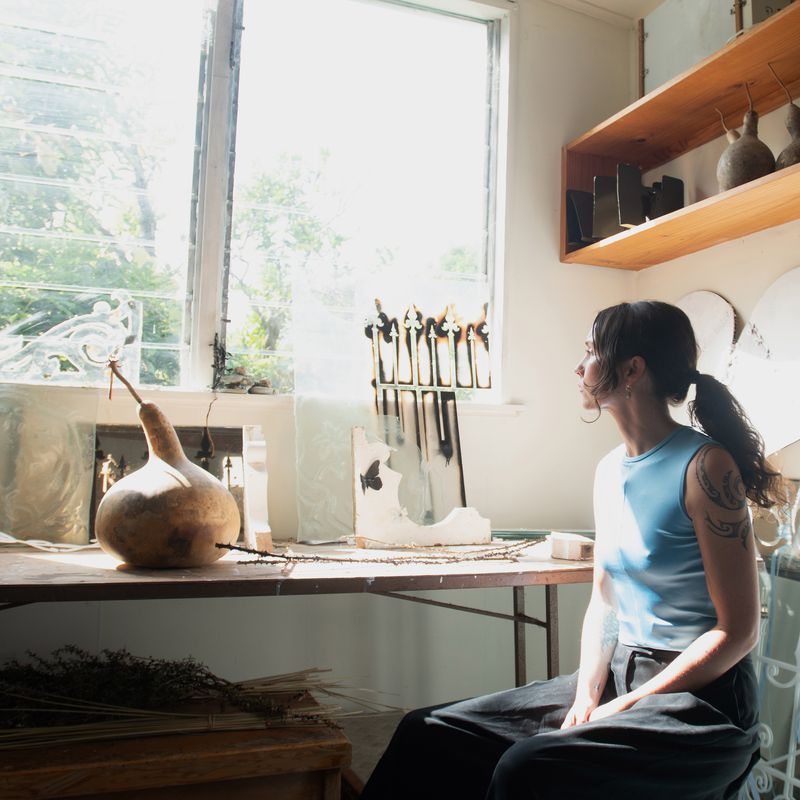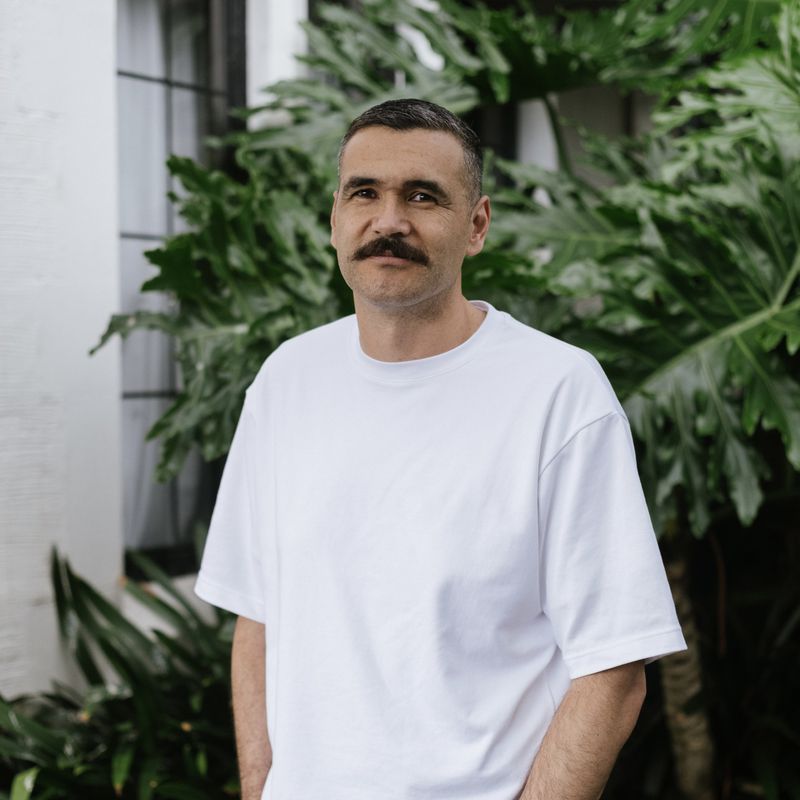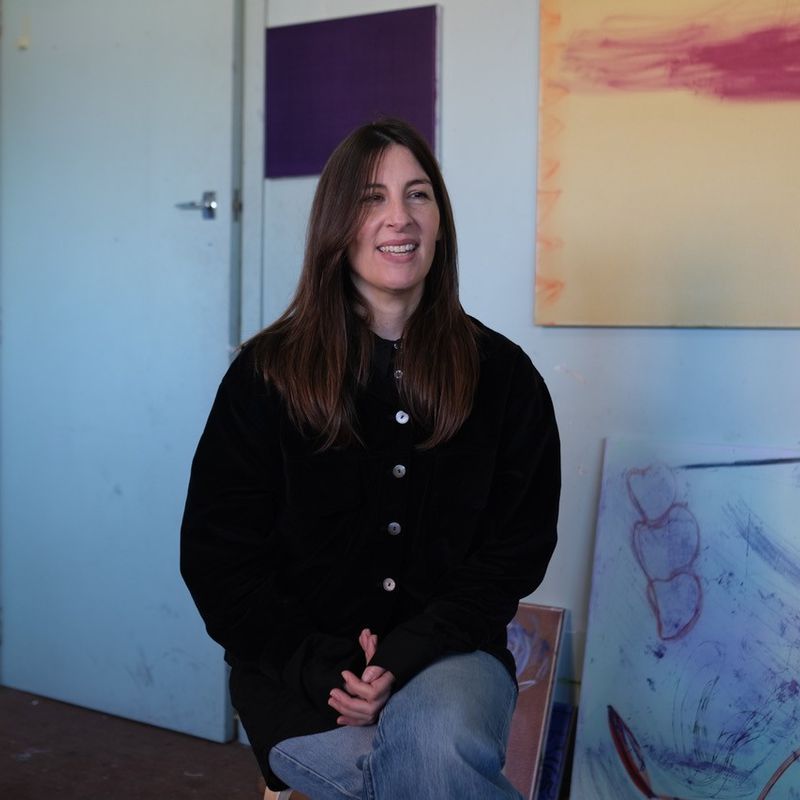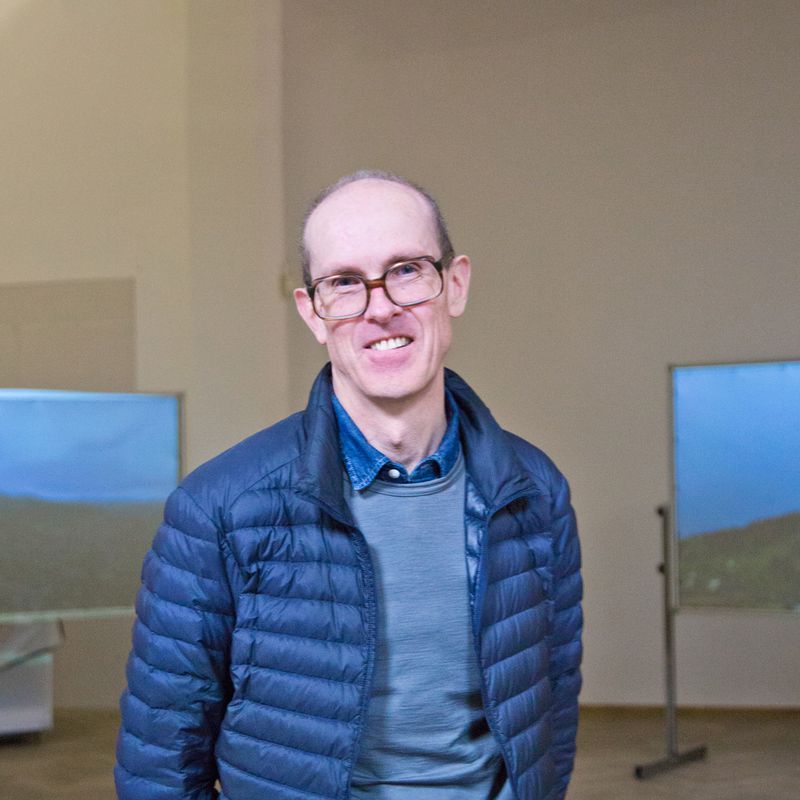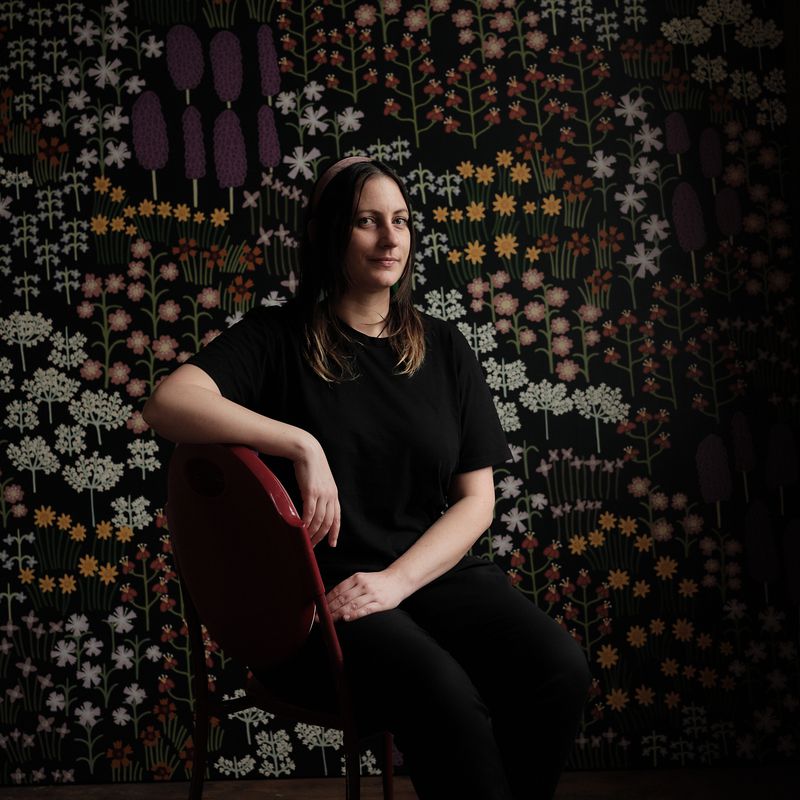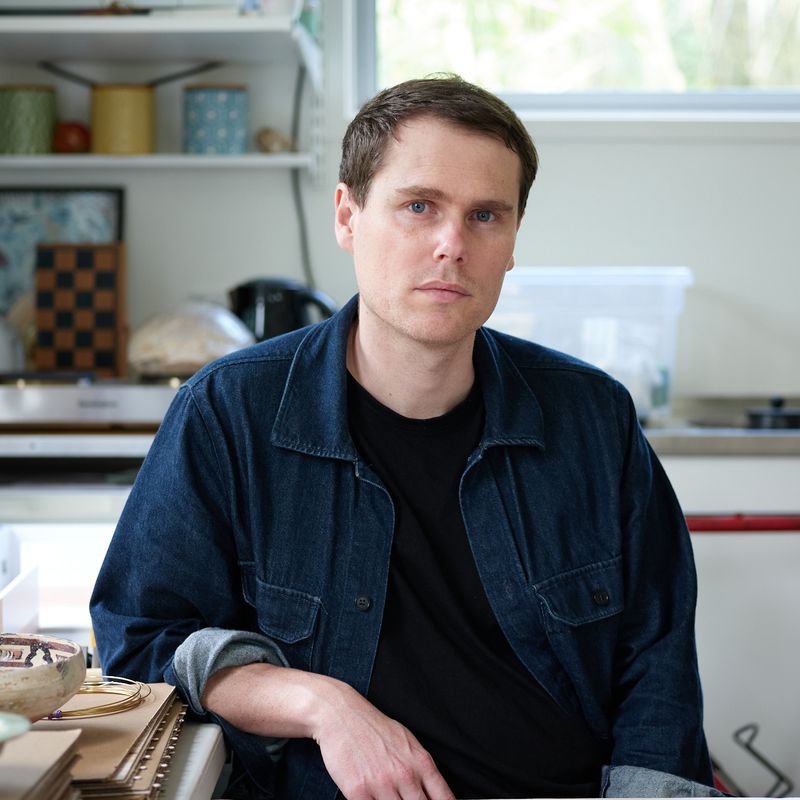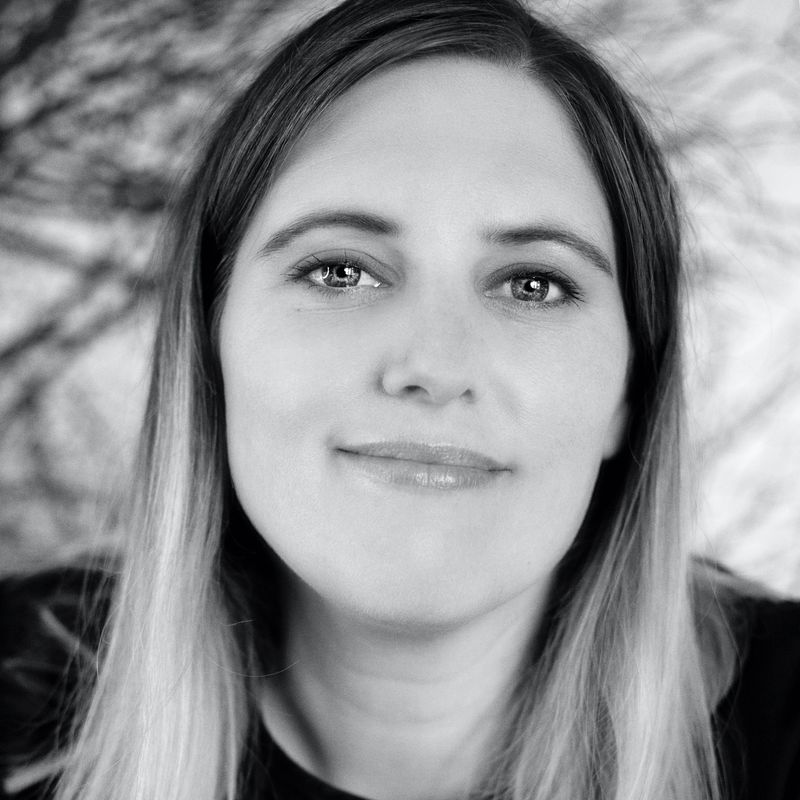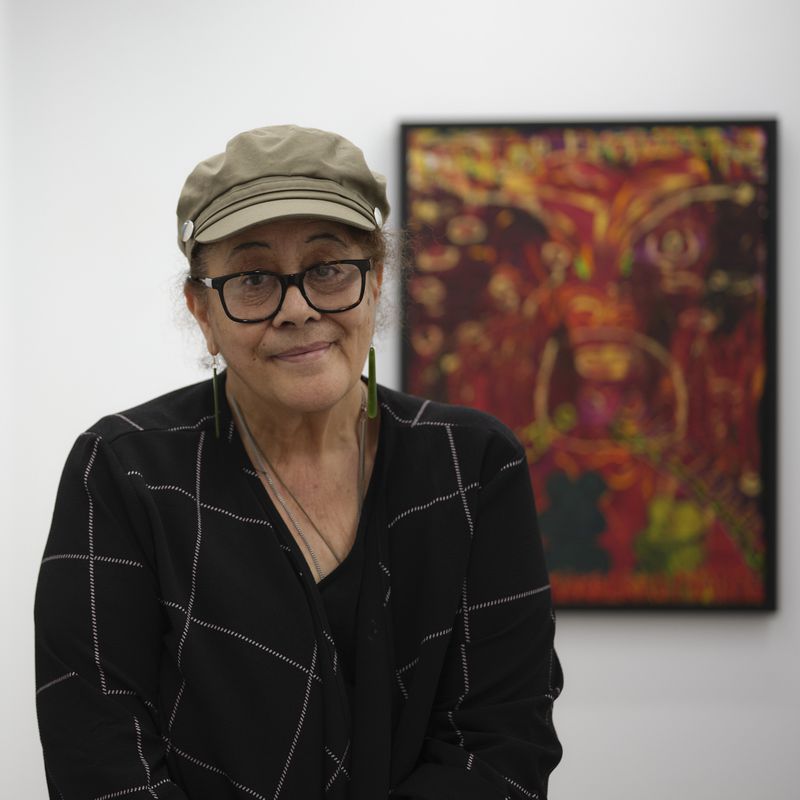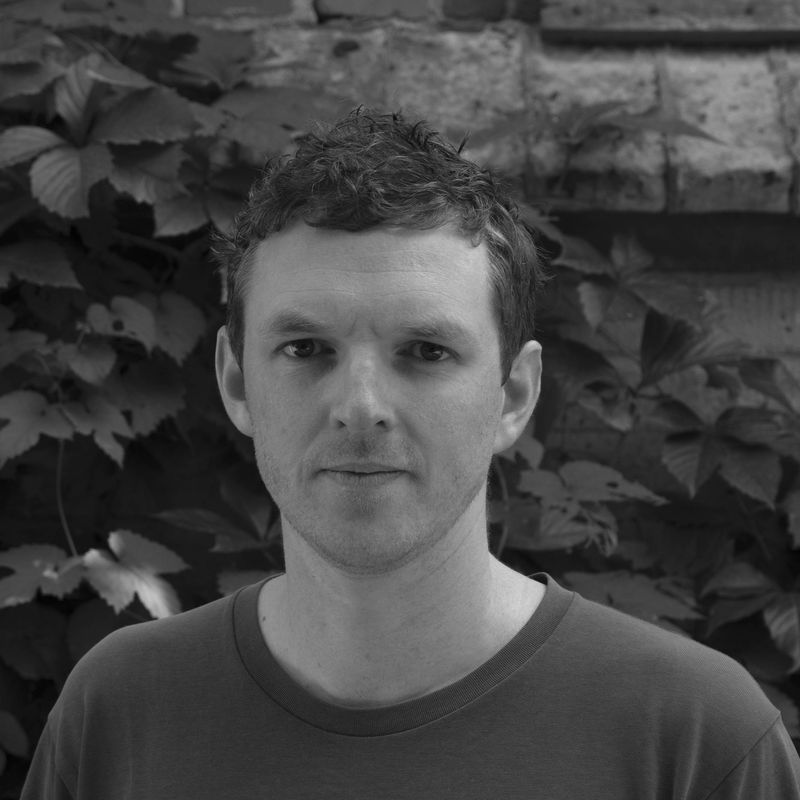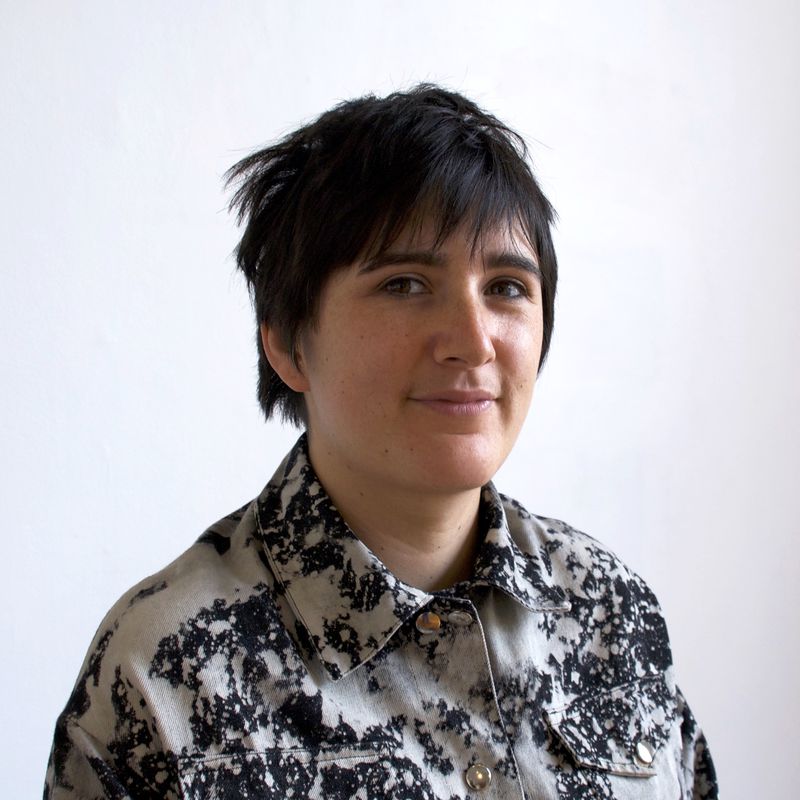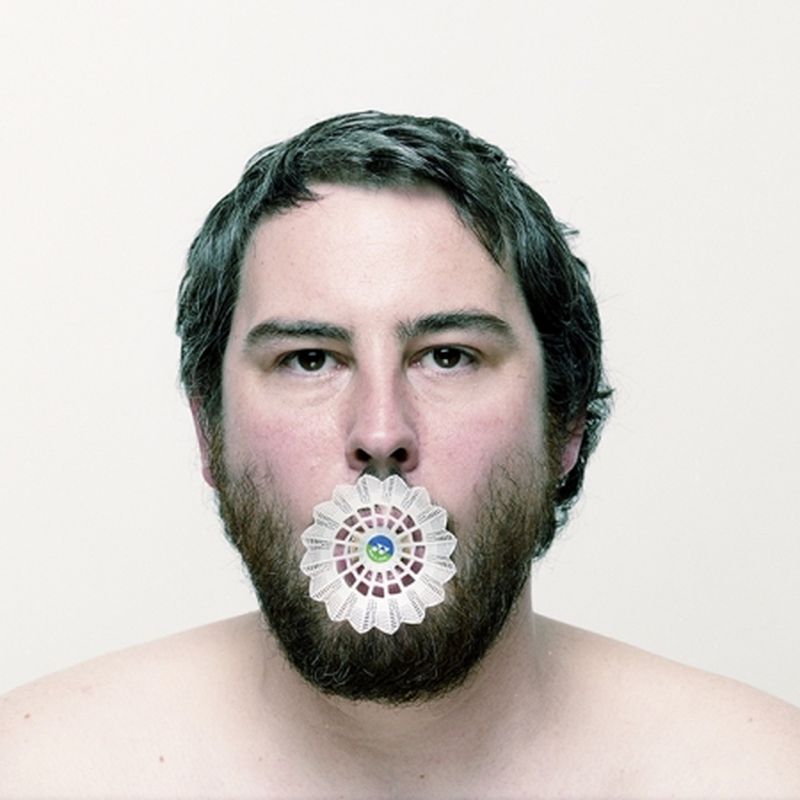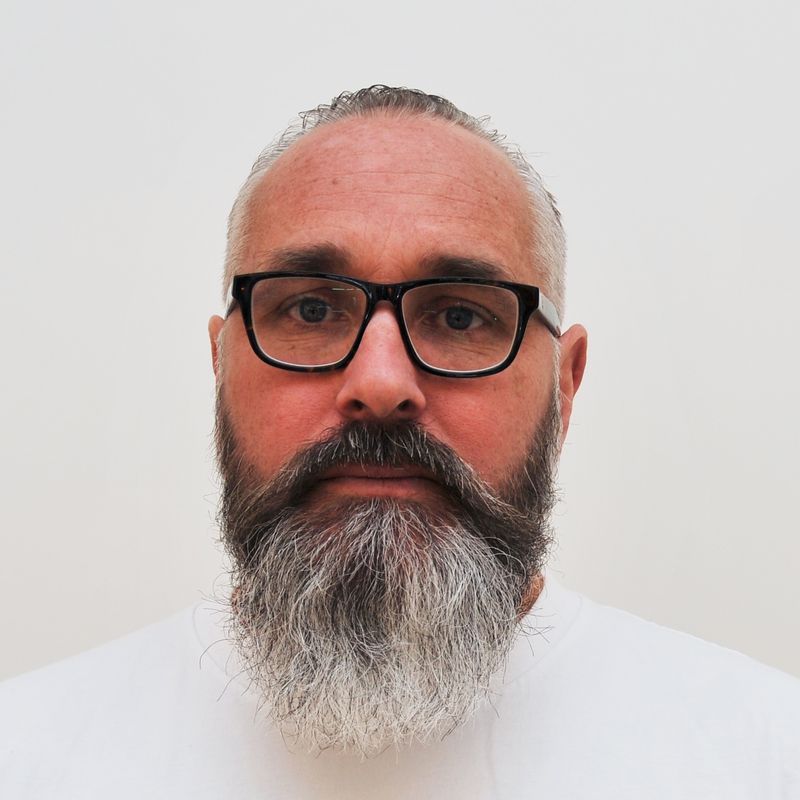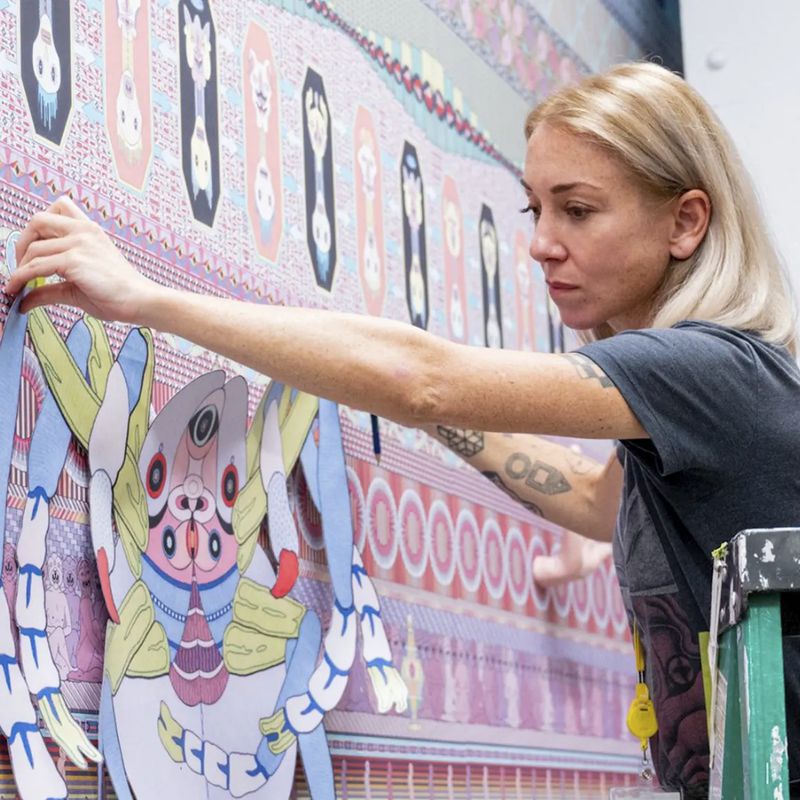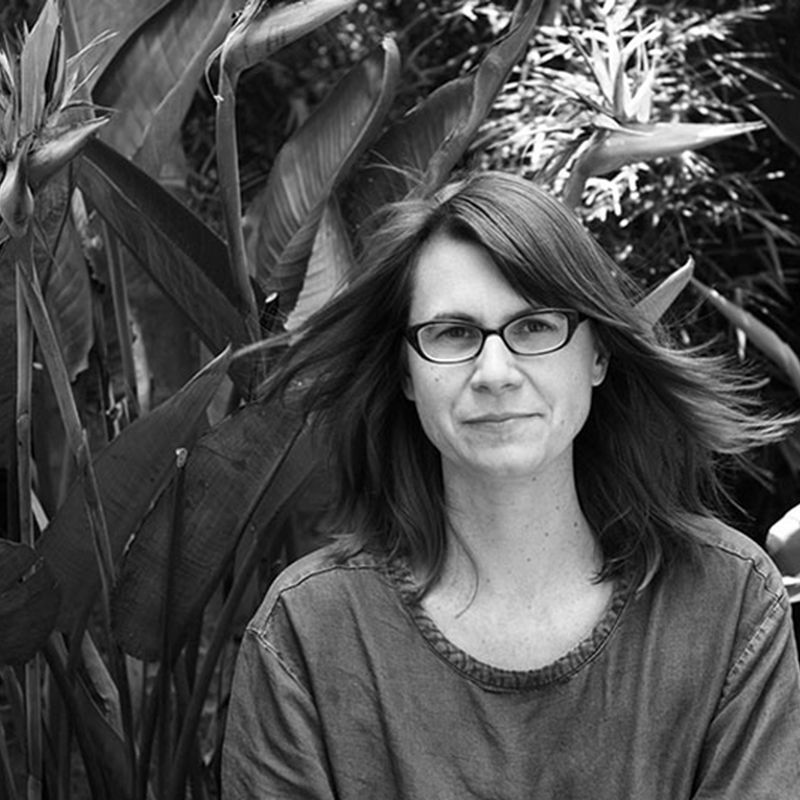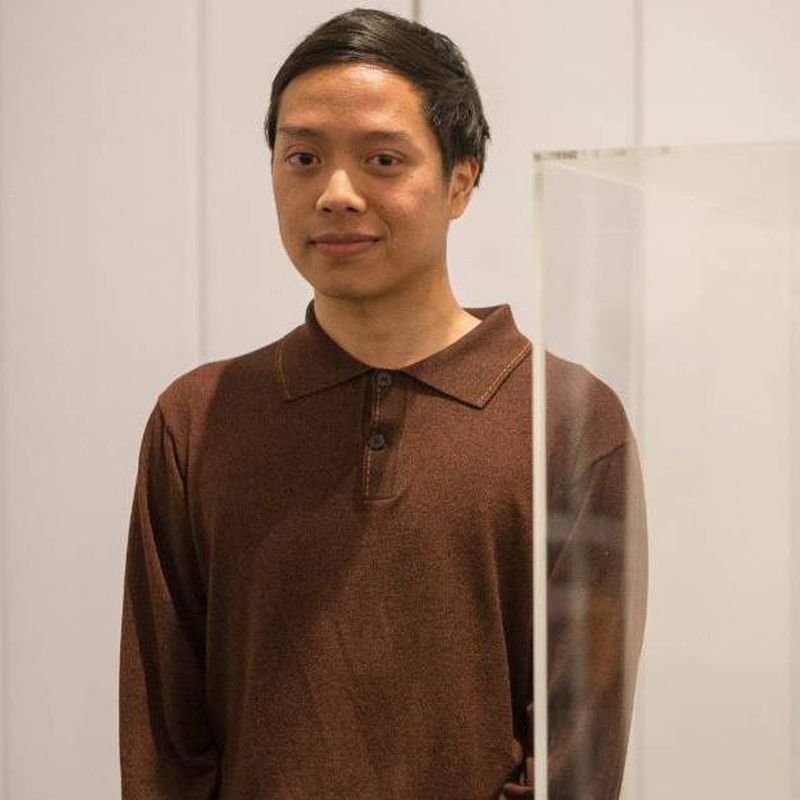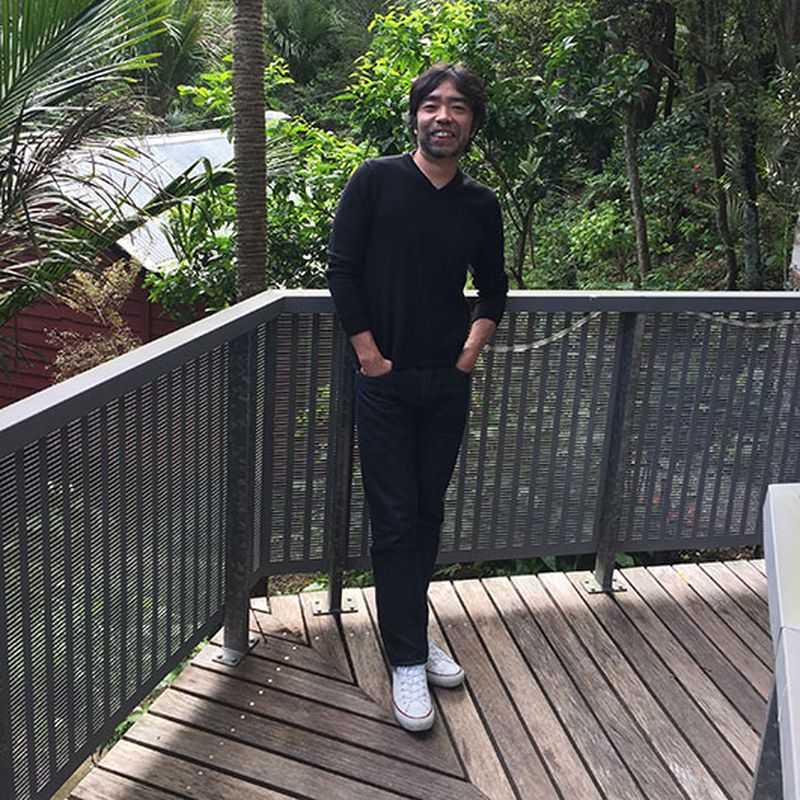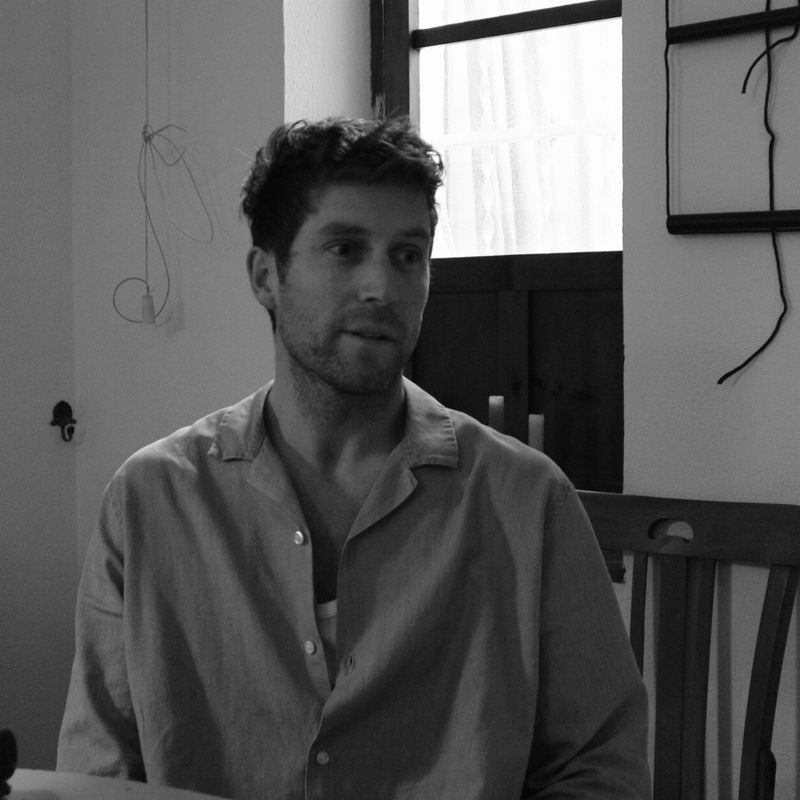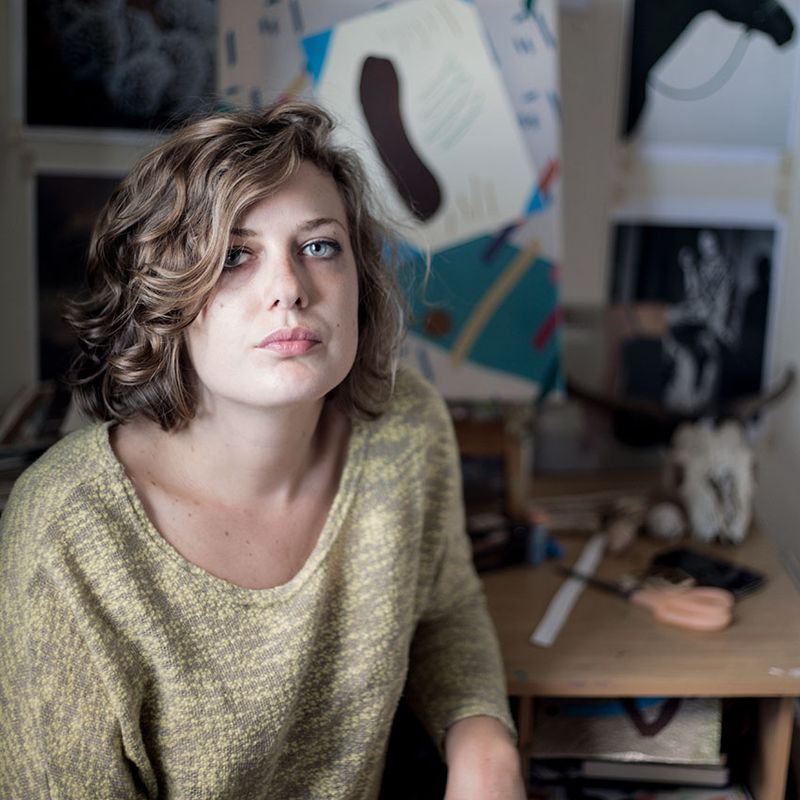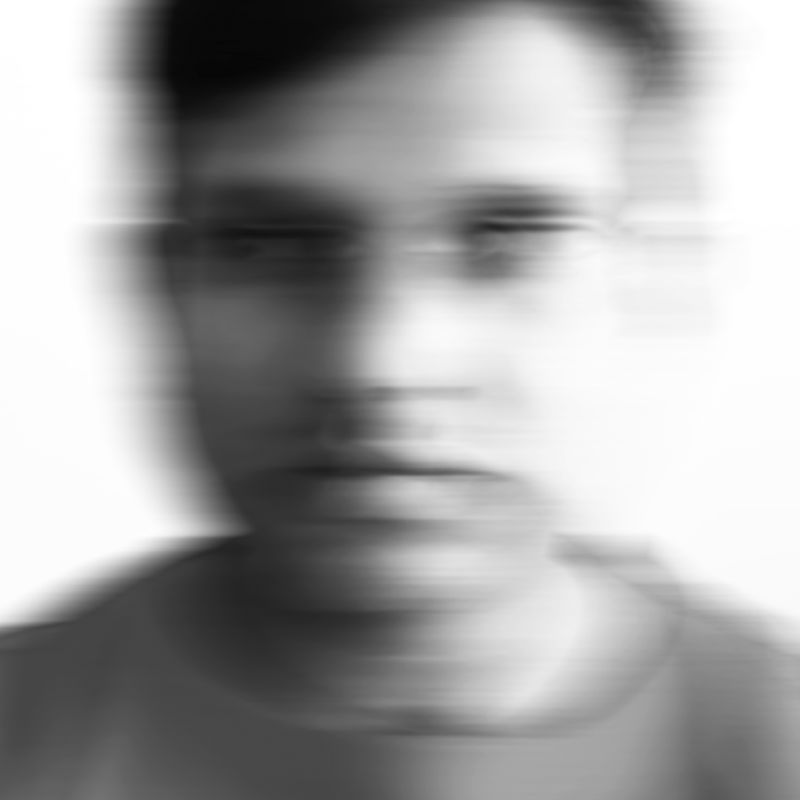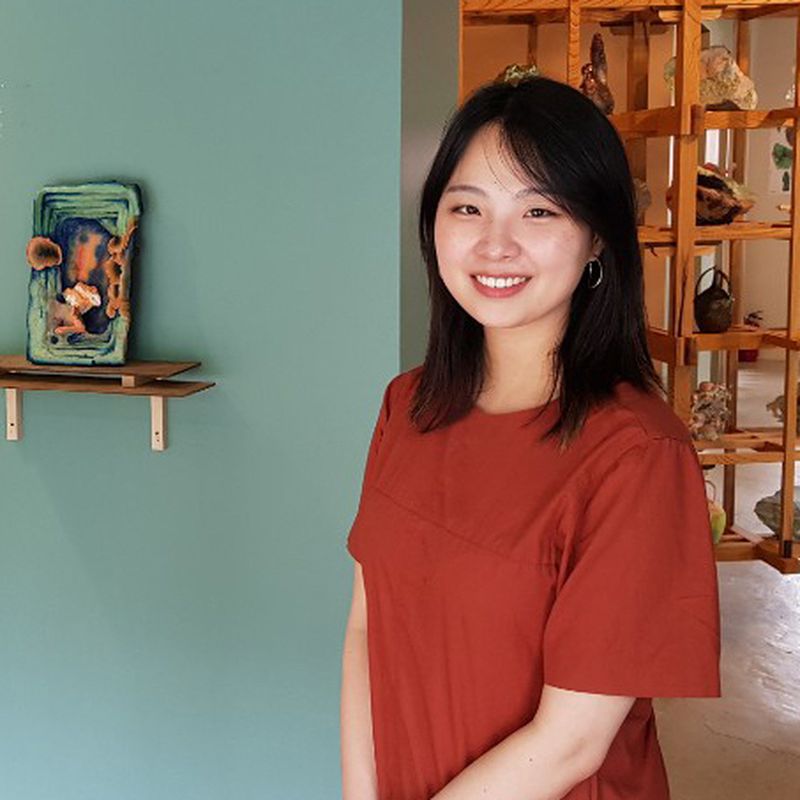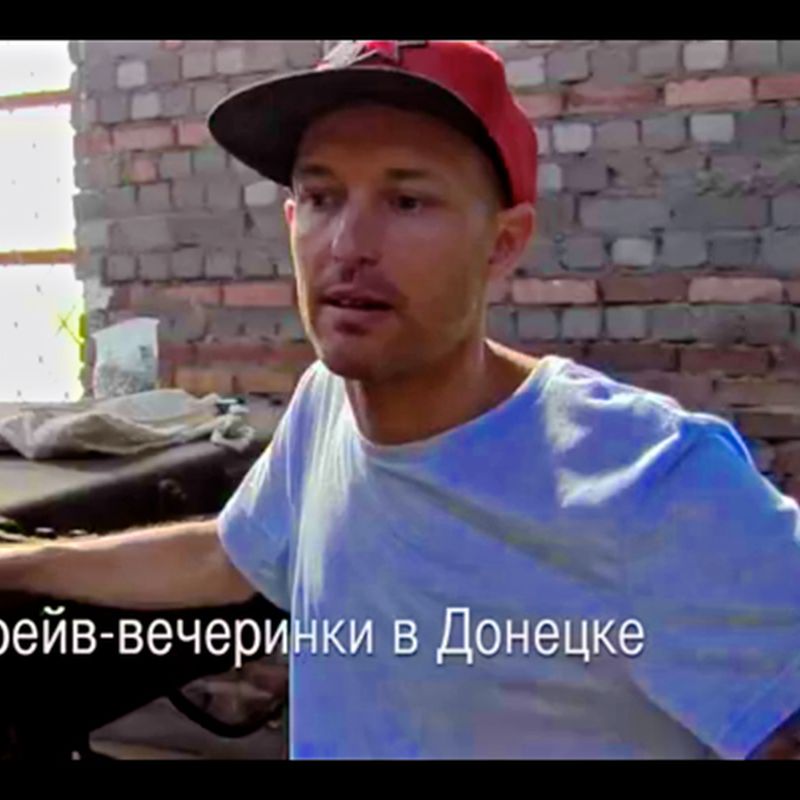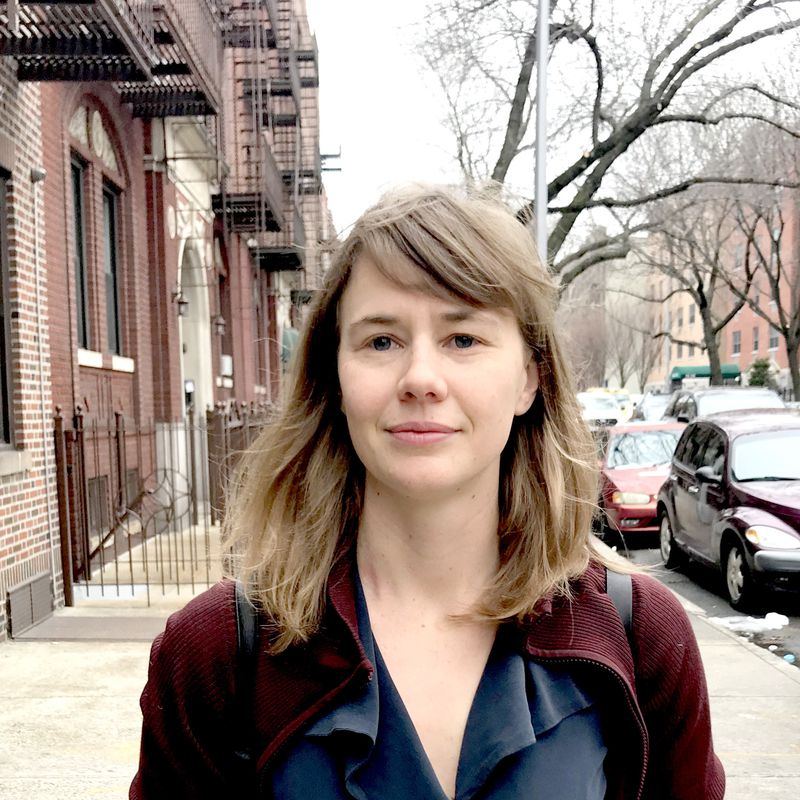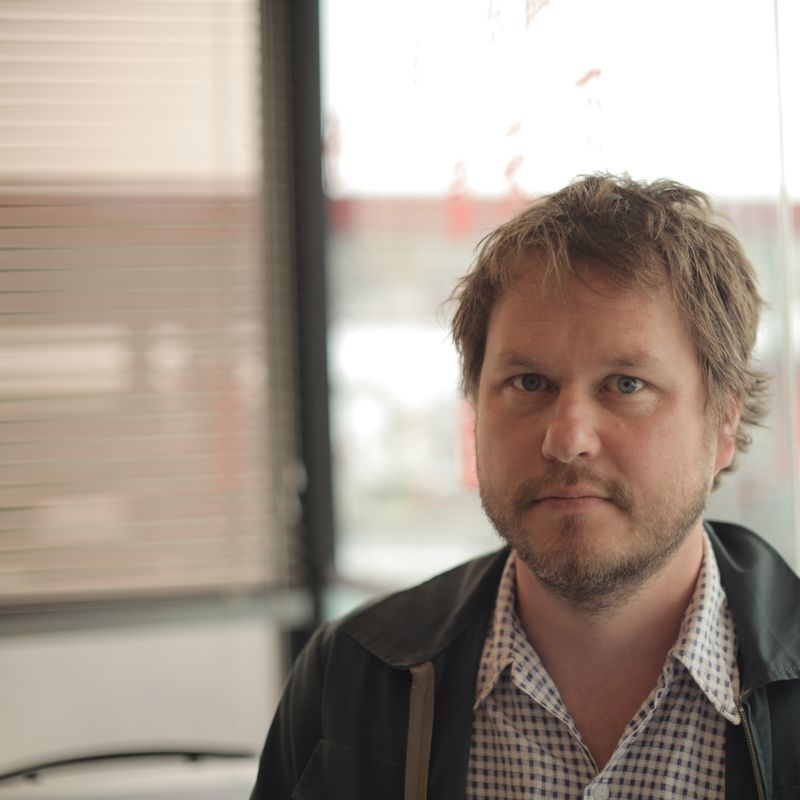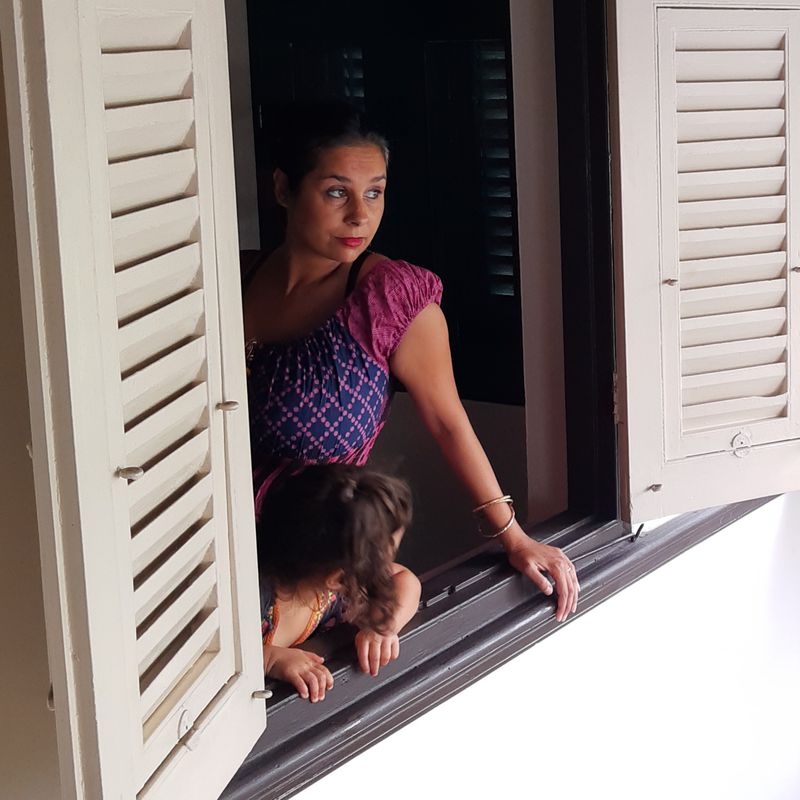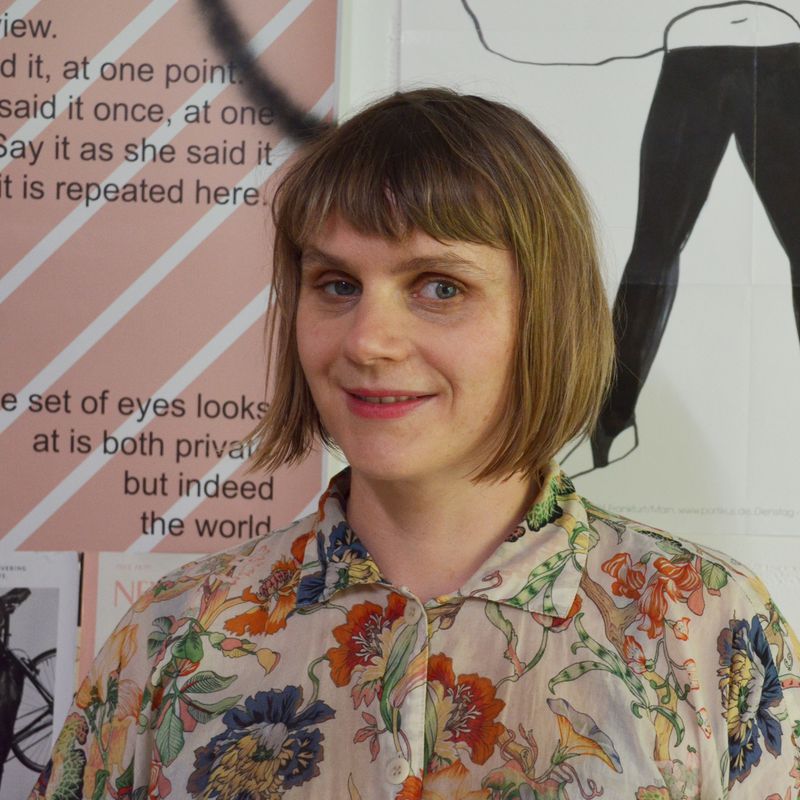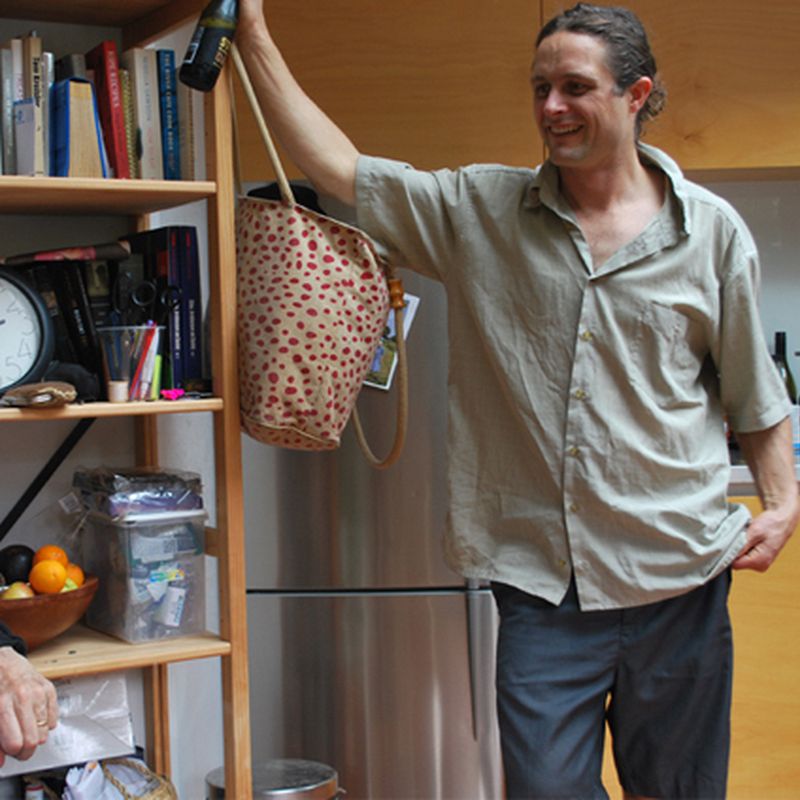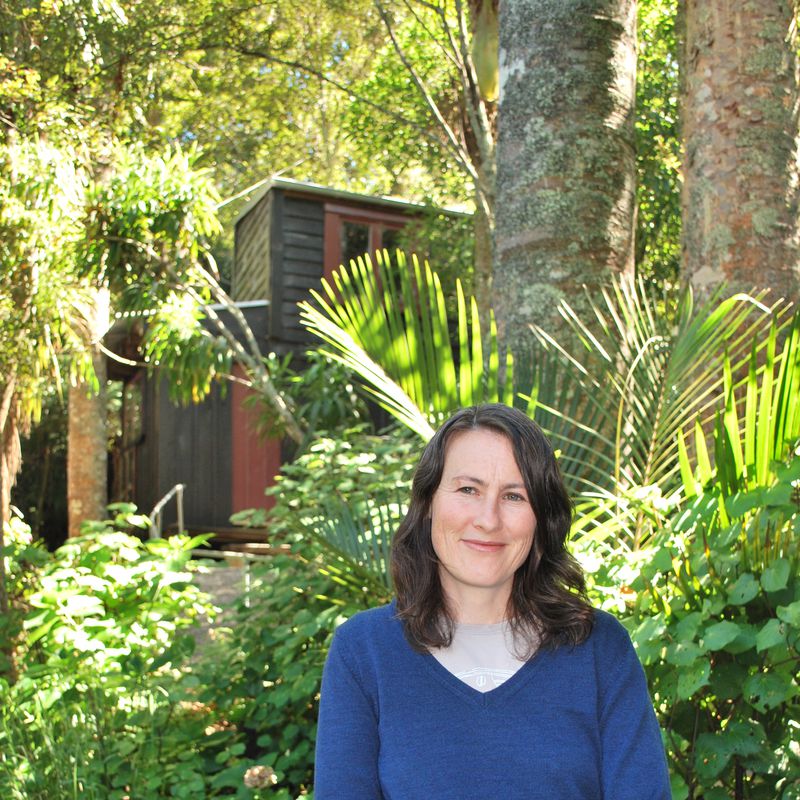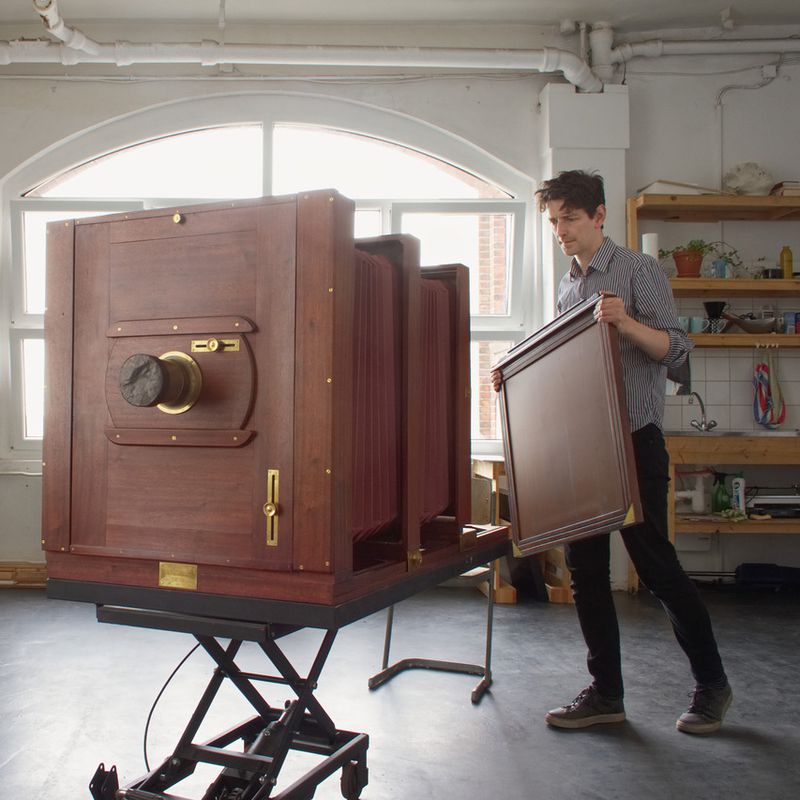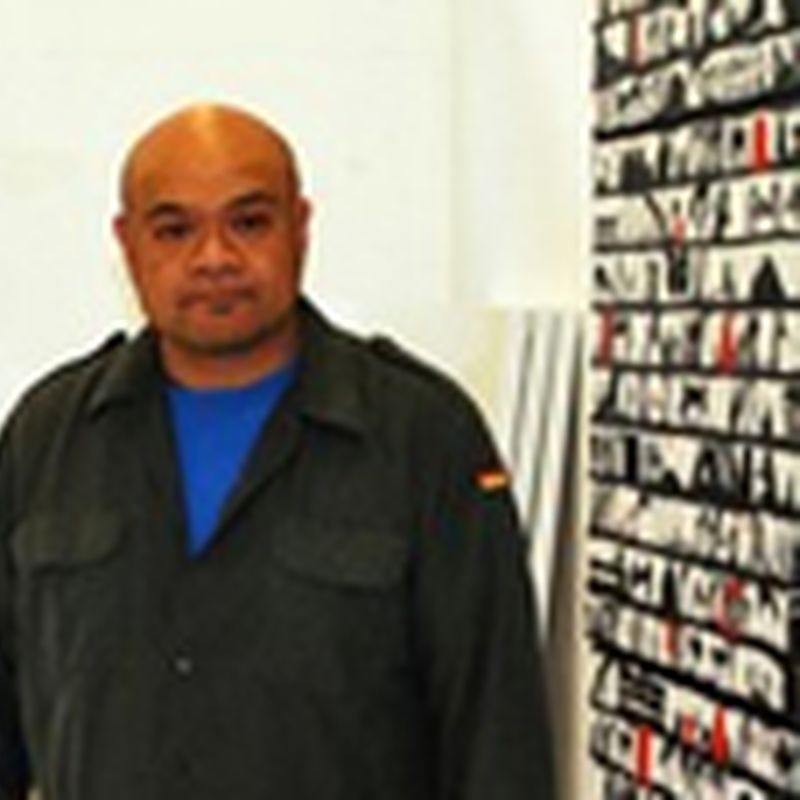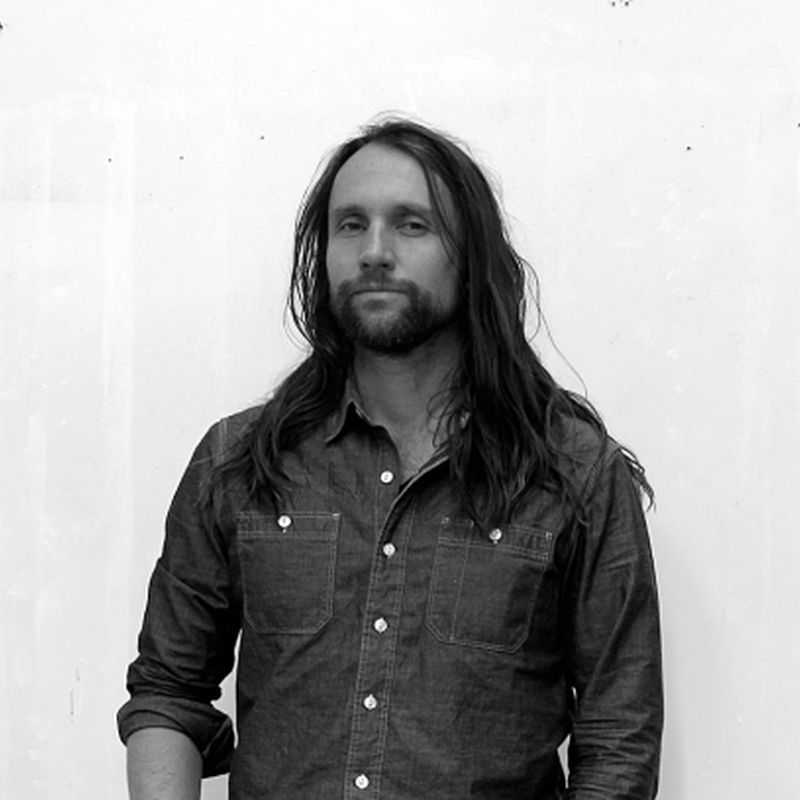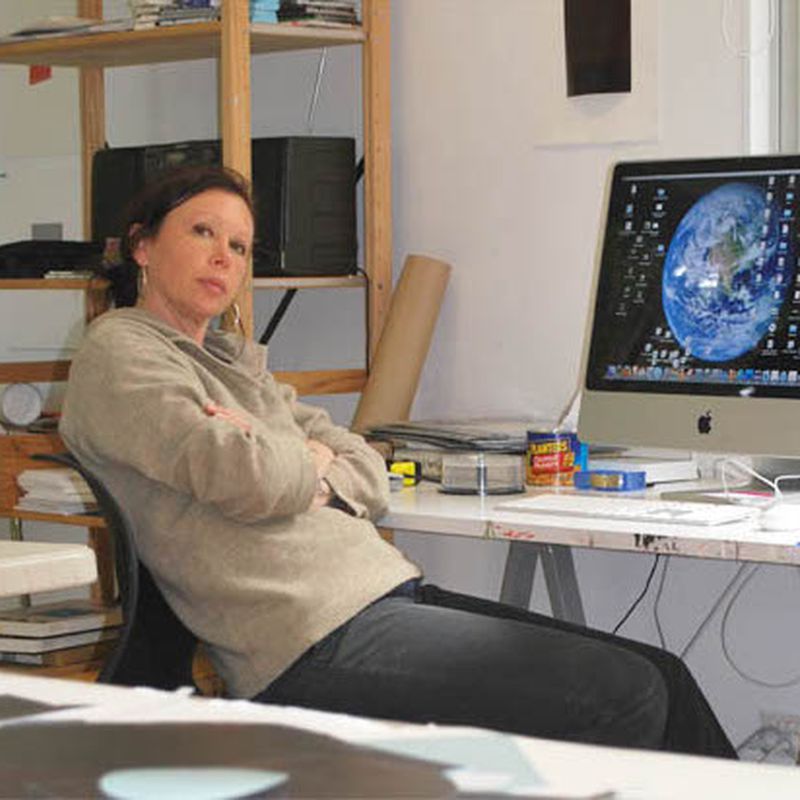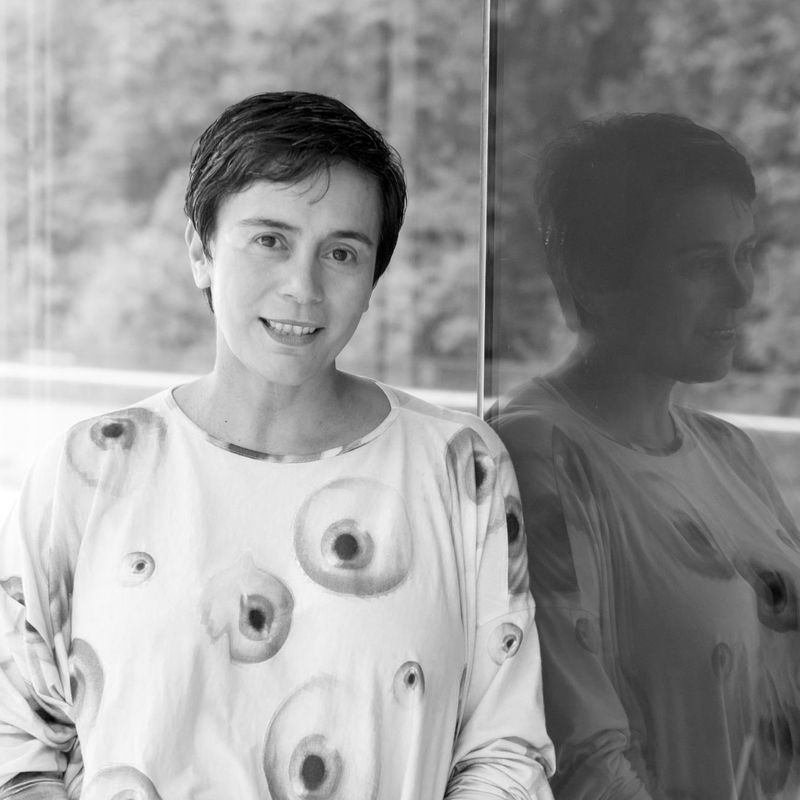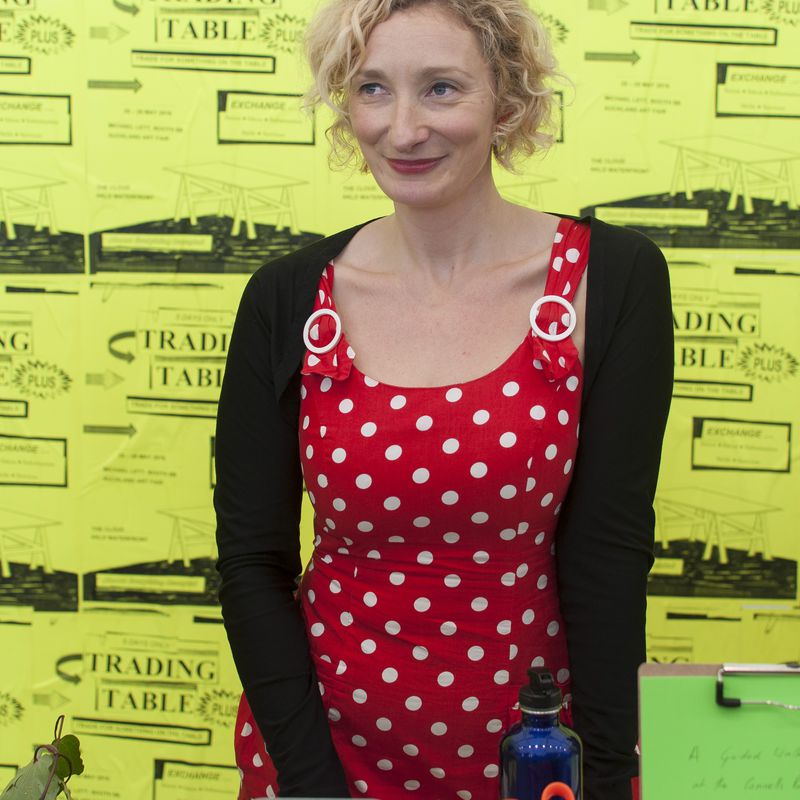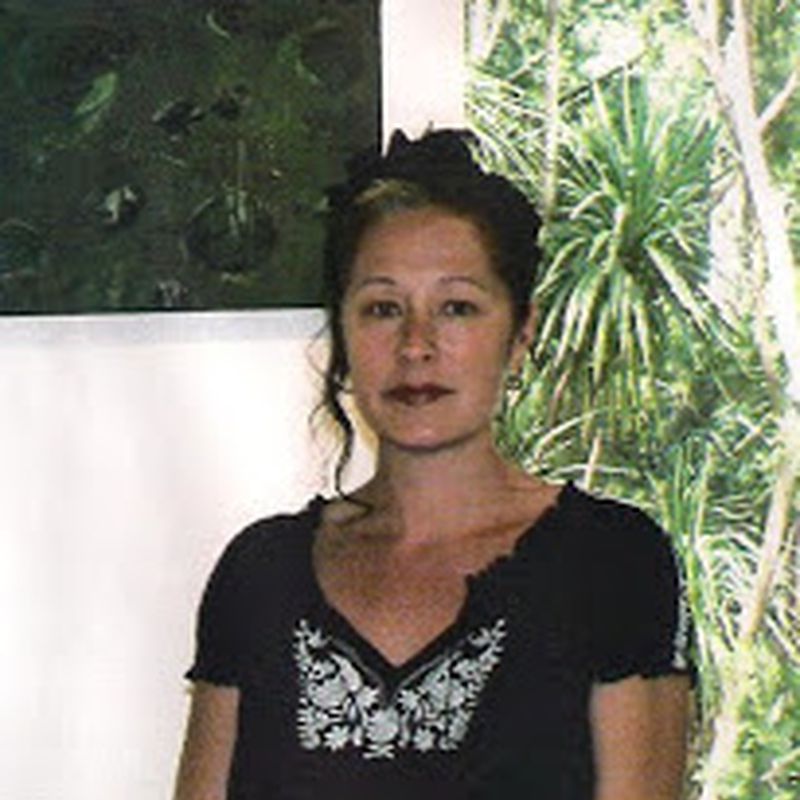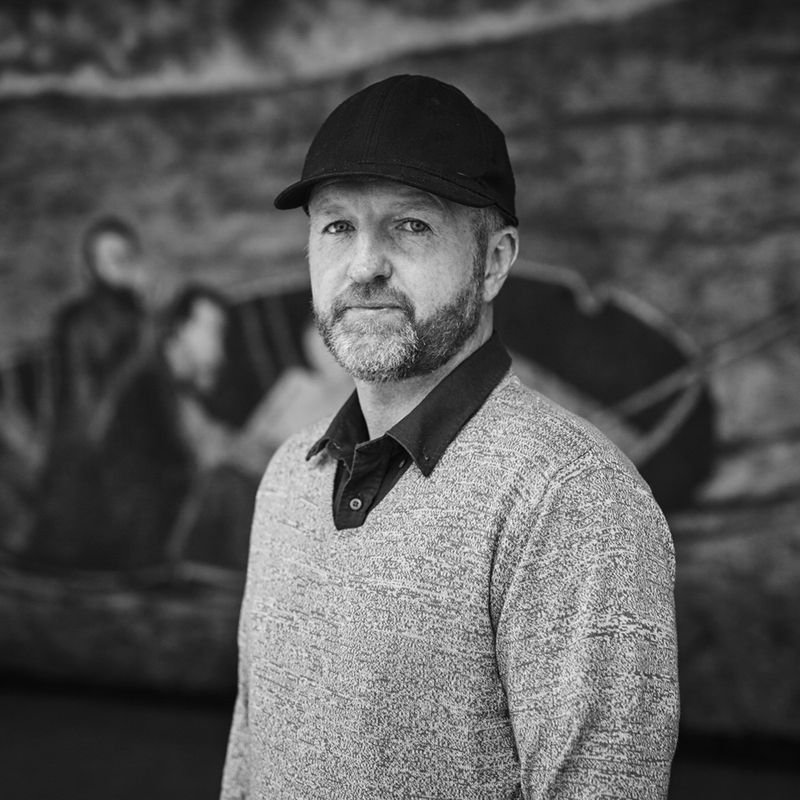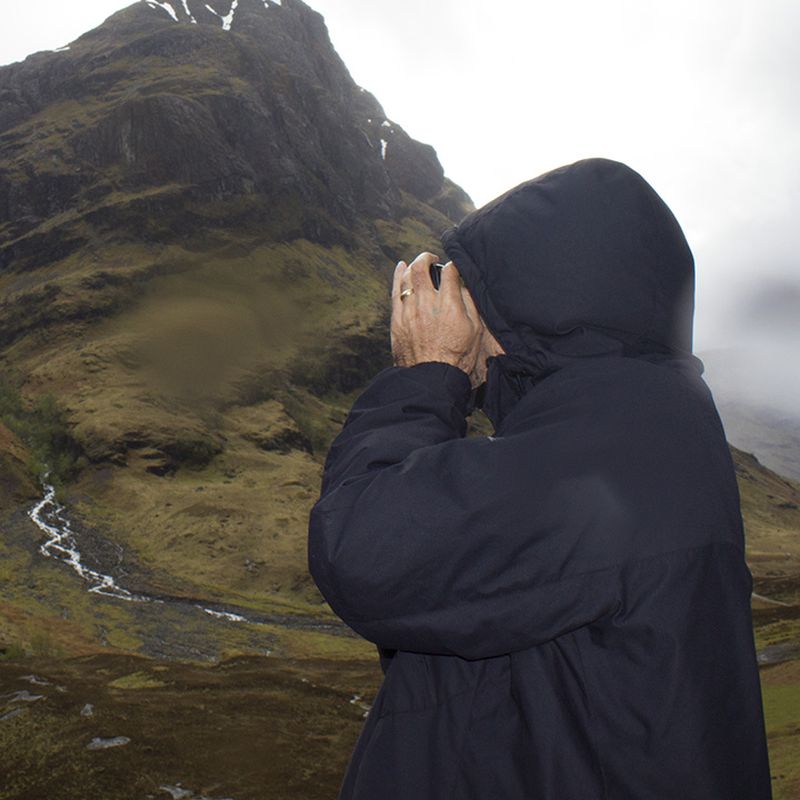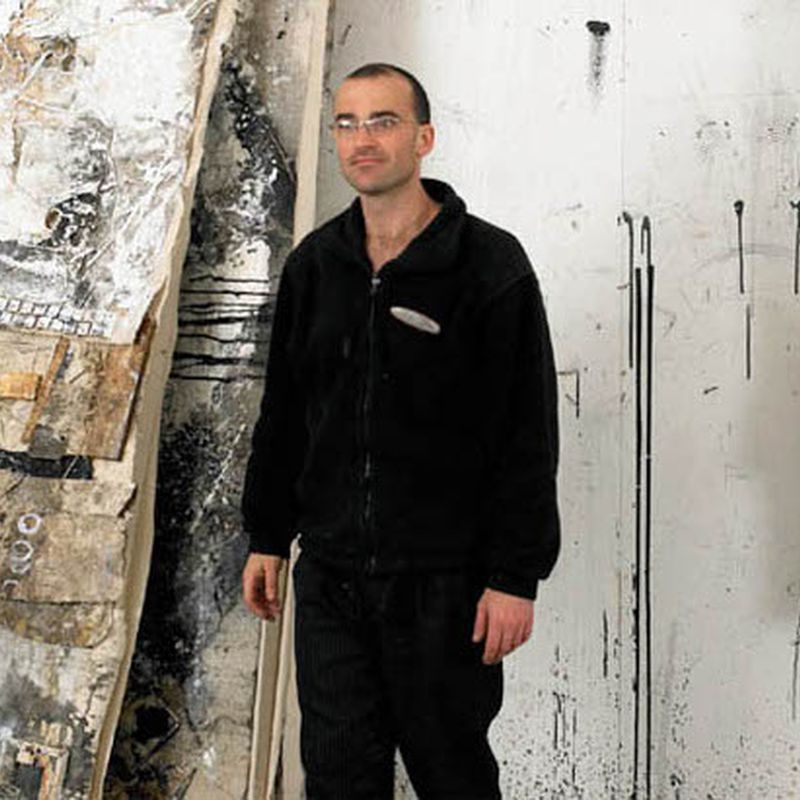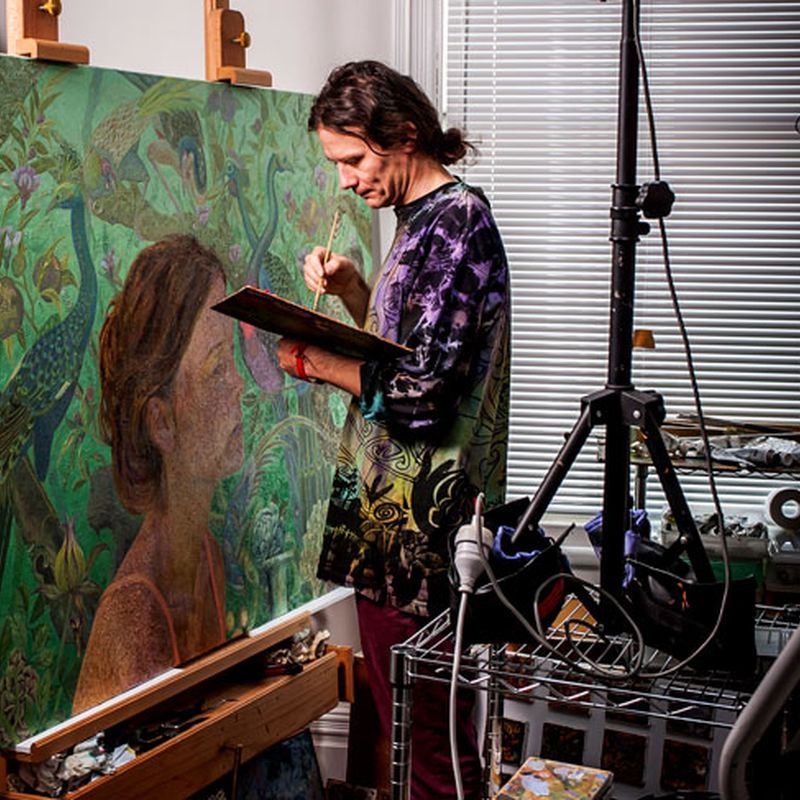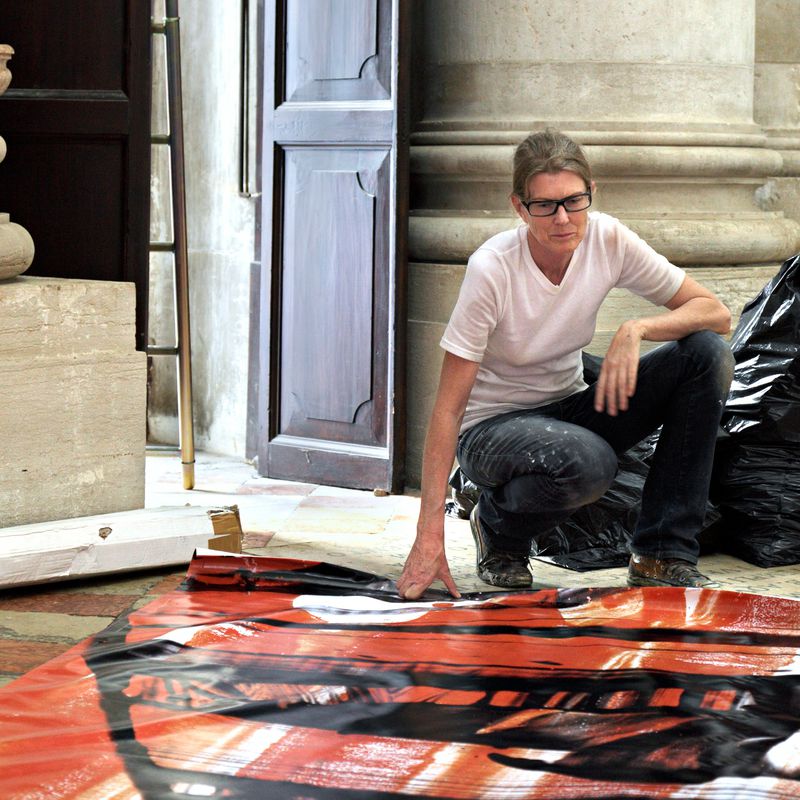- Amy Howden-Chapman2014
- Ana Iti2020
- Andrew McLeod2007
- Andy Leleisi’uao2010
- Anoushka Akel2024
- Ava Seymour2009
- Ayesha Green2022
- Ben Cauchi2011
- Benjamin Work2024
- Bepen Bhana2016
- Campbell Patterson2015
- Cora-Allan Lafaiki Twiss2021
- Dan Arps2014
- Daniel Malone2014
- Emily Karaka2021
- Emma Fitts2018
- Eve Armstrong2009
- Fiona Pardington2013
- Gavin Hipkins2007
- George Watson2024
- Glen Hayward2011
- Imogen Taylor2017
- James Robinson2007
- Jess Johnson2019
- Jim Speers2010
- Judy Millar2006
- Kathy Barry2012
- Lisa Reihana2009
- Liyen Chong2012
- Louise Menzies2016
- Luise Fong2008
- Martin Basher2010
- Matthew Galloway2025
- Michael Stevenson2023
- Moniek Schrijer2021
- NELL2023
- Neke Moa2023
- Nicola Farquhar2018
- Oliver Perkins2017
- Owen Connors2023
- Regan Gentry2012
- Richard Frater2020
- Richard Lewer2008
- Rohan Wealleans2008
- Ruth Buchanan2013
- Sarah Smuts-Kennedy2016
- Sefton Rani2025
- Sorawit Songsataya2018
- Steve Carr2020
- Suji Park2015
- Tanu Gago2022
- Taro Shinoda2017
- Tiffany Singh2013
- Tim Wagg2019
- Wayne Youle2019
- Zac Langdon-Pole2022
Moniek Schrijer
YEAR OF RESIDENCY
May - July 2021
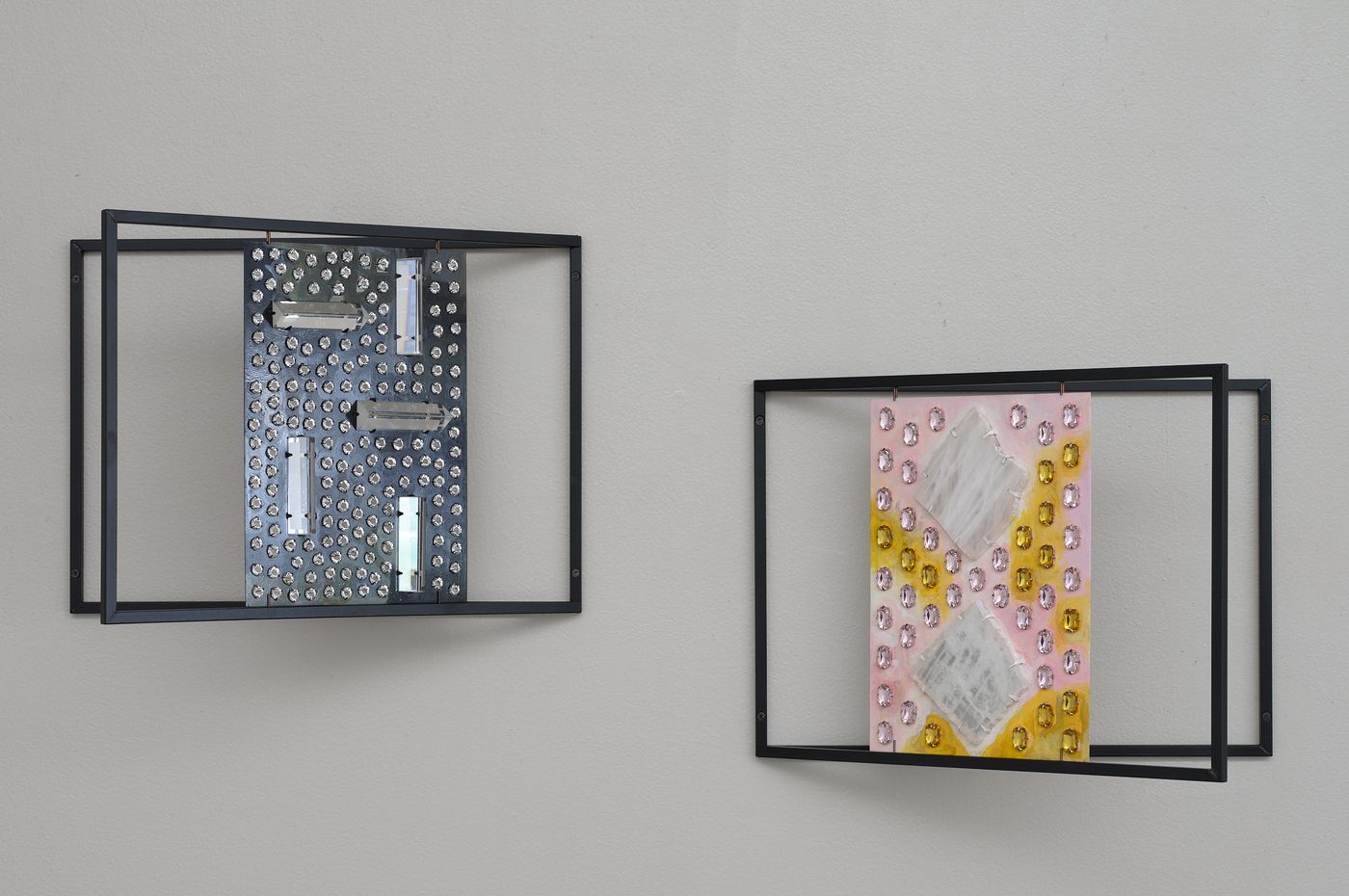
Moniek Schrijer is a Contemporary Jewellery Artist from Te Whanganui-a-Tara who holds a Bachelor of Applied Arts (2012) and a Post-Graduate Diploma from Whitireia New Zealand’s Facility of Art (2013). Since graduating, Schrijer has developed a strong exhibition history and her work has been a part of significant national and international exhibitions. Schrijer’s practice is characterised by the skillful adaptation and alteration of materials collected largely from second hand and recycled sources using a variety of traditional and unconventional jewellery techniques that allow for her pieces to move between the jewel and the object, the flat plane and the 3rd dimension.
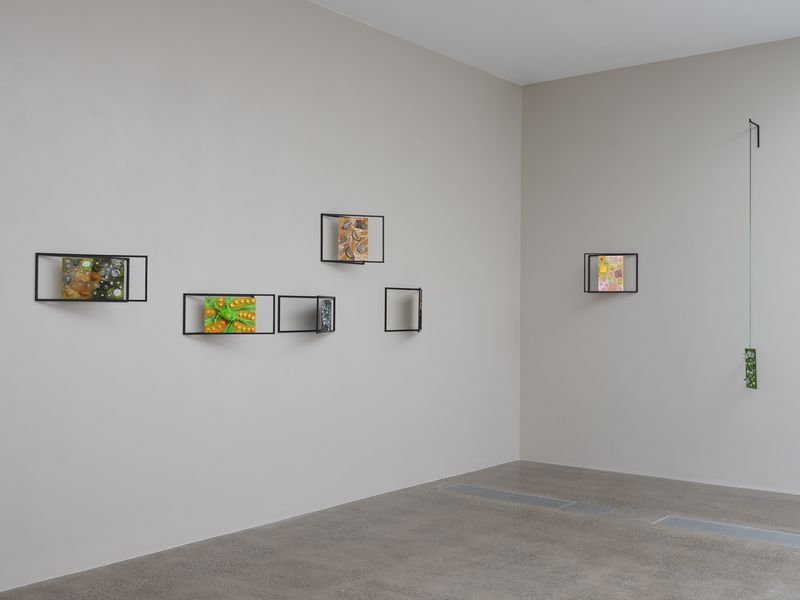
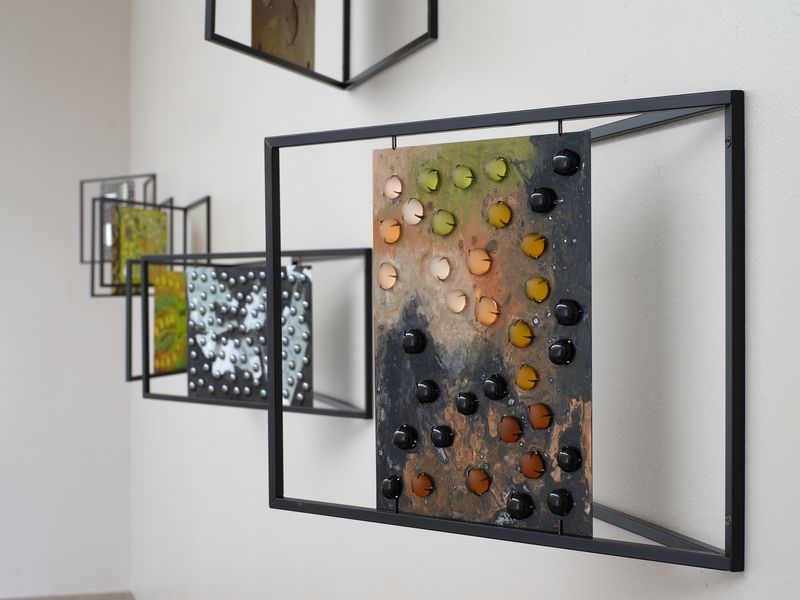
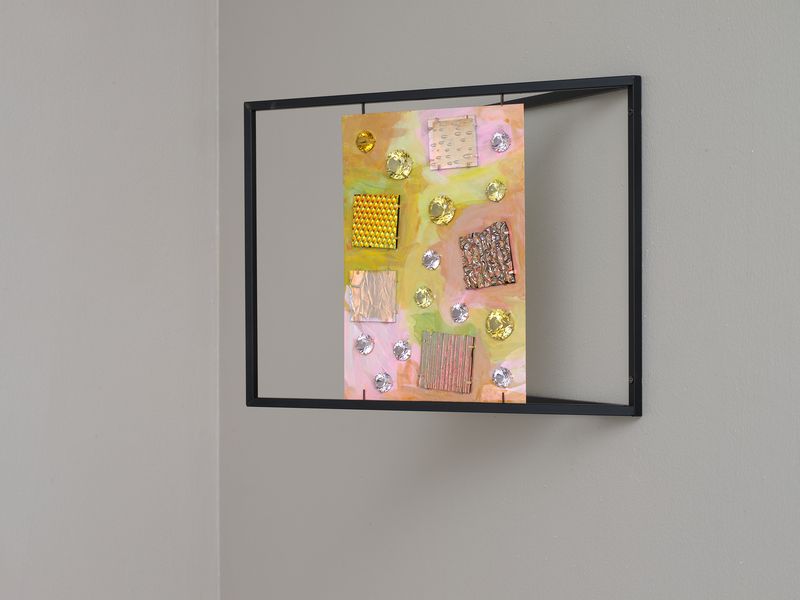
The irregular wonders of the natural world meet the hard-edged and human-made in Moniek Schrijer's copper sheet works. Moniek sets stones, shells, kauri gum, glass, and other materials into these sheets before hand-painting their surfaces. The pieces shown in this exhibition, screensaver, are part of a larger family of sheet metal works made during Moniek's Parehuia residency at McCahon House. When a selection from the series was shown recently at Objectspace, as part of A Stone, an Echo, a Sign, I compared them to computer motherboards, describing them as material hoards: assemblages of "prized metals and minerals coming together to supplement human memory." These works, with their careful compositions of materials, hint at human language, even as they elude easy translation. They seem to index many kinds of knowledge — in them we admire our ability to harness light using glass prisms and the colour-splitting properties of dichroic glass. They also invite us to marvel at the regular formation of shells, the concentric bands revealed in a slice of agate, and the hardened mystery of glinting hematite.
On the occasion of this exhibition, I look back at key works Moniek has produced over the last decade to draw out what makes her practice so unique. Describing her work, Moniek has written of her interest in "the beauty of things that are reflections on the past, imaginings of the future and a celebration of the everyday." This sense of the grand scale of time made manifest in the details of everyday life, reminds me of Sigfried Giedion's anonymous history — best summed up as the idea that the observation of modest material things has much to tell us about civilisation's big shifts. He tracked changes in society through industrial age developments: the making of bread, bathing habits, vacuum cleaners, and trains. Moniek sweeps up the everyday details of our digital age, creating works that track our own moments of shift within the greater flow of time and technology.
Those writing about Moniek's work have often observed that it seems simultaneously ancient and futuristic. As Kim Paton, the director of Objectspace, puts it: "part old, part new. Jurassic gems meets dystopian futurism." This quality comes about through Moniek's exploration of digital languages within the enduring and ancient tradition of jewellery. The startling effect of this combination is to contextualise digital developments within a much longer arc of human continuity, one in which our oldest impulses to adorn and express ourselves are connected with new flashes of technological innovation, such as the mini-computers we now hold and wear close to our bodies.
Thinking of the objects that Moniek Schrijer makes as handheld or mobile devices activates certain qualities within her jewellery practice. The work that first unlocked these ideas for me was Cloud Memory (2017), a necklace made from hard drive platters. These are the platinum alloy and aluminium disks on which data is magnetically stored. To create the necklace, Moniek cut these disks into the shape of clouds and linked them together. The work makes explicit the digital world's inevitable physicality. The perfect, circular hole at the centre of each hard drive platter is reminiscent of an ancient coin, an association deliberately drawn by Moniek within the wider body of work, which was produced during a residency in Xiamen, China in 2017. Other works included pendants made from single hard drive platters — Memory Coin was cut to look like a square-holed coin — and a sprawling sunburst necklace, made of connected (purportedly) Qing dynasty coins. Together these works link computing to manifold forms of currency — past, present, and future — acknowledging both as fellows within the vast catalogue of human technologies.
An earlier work from 2013, Digital Money, also played this game of connection. The credit card-sized brass pendant was studded with ancient Roman coins in various stages of wear and oxidisation. We could consider currency to be a kind of proto-wearable tech, with the history of adornment entangled with shell money, strung together to wear close to the body. The hole at the centre of Asian cash coins was also conceived to enable this kind of relationship between people and their valuable objects. The allusion to, and sometimes literal incorporation of, these traditions within Moniek's practice tunes us into the classical function of jewellery as a repository for value, even while she takes wildly innovative approaches to material, subject matter, and form.
The juxtaposition of the classical and hypercontemporary within Moniek's body of work is often quite funny — especially when the weight of jewellery's historical baggage is wielded to immortalise the banalities of the digital age. The word 'LIKE' flashes across a heart-shaped pendant from 2019, giving material form to one of our most ubiquitous and fleeting forms of digital currency and emotional validation. Our equally ubiquitous emoji were immortalised in Moniek's Herbert Hofmann Preis-winning piece, Tablet of (2015). The pendant is a great porcelain slate and black nephrite slab inscribed with select emoji, these glyphs of our iPhone age carved into stone for future generations to find and puzzle over.
Tablet of is the size of a small tablet or large phone (just as we figured out how to make phones small, we have started to make them big again), and across Moniek's work she uses size and scale to evoke familiar objects. The copper sheet works in screensaver share a standard size: their dimensions are A4, the international paper size that's part of a system of standardisation established in the 20th century. Many of Moniek's works evoke the dimensions and form of the smartphone. As a talisman of the digital age, Consult the Oracle (2019) flawlessly blends superstition and precision. The reflective silver pendant has the smooth, rounded corners of an iPhone, but a crystal ball bursts from its centre, transforming the thin plane into a three-dimensional object. Selfie (2015) is another work that adopts the dimensions of the first iPhone. The brooch is a glass mirror, scratched with M SCHRIJER — backwards and barely decipherable through the letterforms' sharp youthful angst — conflating the vandal's impulse to leave their mark in a school changing room or bar bathroom, with jewellery's function as a mode of identity formation and expression.
In 2019, Moniek's work was included in the exhibition Non-Stick Nostalgia: Y2K Retrofuturism in Contemporary Jewelry at the Museum of Arts and Design (MAD) in New York City. The exhibition linked the opportunity for personal expression offered by contemporary jewellery with the promise of the early internet as a vehicle for manifesting and testing out adolescent identities. As demonstrated by the pieces described above, connection often finds form in Moniek's work. But her interest in human technologies is more expansive than this, and she frequently references obsolete or dead technologies.
In Double Happiness, her exhibition at The National in Christchurch in 2016, brass pendants doubled as slides, with some projected onto the wall and others used to create photograms. This fluidity across medium drew out connections between different technologies, such as the resemblance between the square format of photo slides and Instagram's (until 2015) rigidly square-gridded feed, a resemblance noted by Sian van Dyk in her writing for the exhibition. In activating these connections, Moniek's work retrieved the photo slide from the trash pile of dead technologies, restoring it to its place in a continuum of image-making driven by the same human tendencies. Rather than seeing them as forgettable blips in history, Moniek's practice searches for the continuity between these obsoletes. Even future obsolescence has a place in the Moniek Schrijer universe. Her series of brass brooches, Space Junk (2018) considered the material consequences of our activities in space — with once precious materials and technologies having been left to orbit as fragments in the universe beyond our view.
For any artist whose subject is digital, the danger of only fleeting relevance looms. But Moniek, grounded by the enduring practice of jewellery, demonstrates the potential of her medium to absorb and adapt to the changes that surround it. Rather than being a practice eclipsed by new technologies, in Moniek's hands jewellery is able to respond to and even contextualise digital aesthetics — zooming out to reframe the silicon age as just the latest in a long string of human developments.
It is not always easy to describe the allure of a Moniek Schrijer work. But it can be attributed to her mastery of an aesthetic language, honed over this past decade to harness fragments of feeling that can be traced far, far back in human history, even as she creates wholly contemporary objects. Moniek has described "the transformative potential of materials and objects" as what fuels her practice. This is an alchemical way of thinking that captures what it is that jewellery and digital objects can have in common too — a seemingly impossible magic that emerges from the particular combination or arrangement of elements, just so.
Essay commissioned by McCahon House on the occasion of Moniek Schrijer’s residency May – July 2021.
All photos by Sam Hartnett, courtesy of Te Uru.
Artist Artworks
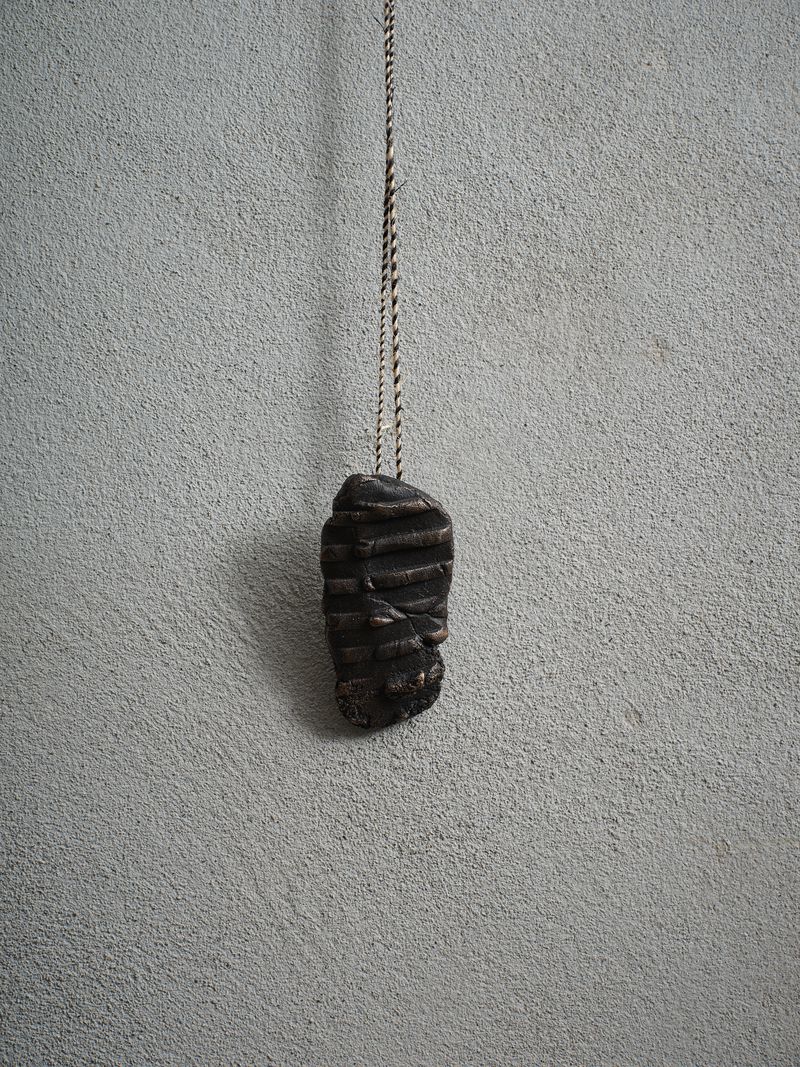
Moniek Schrijer
gutter slugs & moon splats I
2021
bronze & sterling silver, hessian cord
series of eight - each unique
85 x 40 x 20mm
Collection of McCahon House Trust
Photo: Sam Hartnett
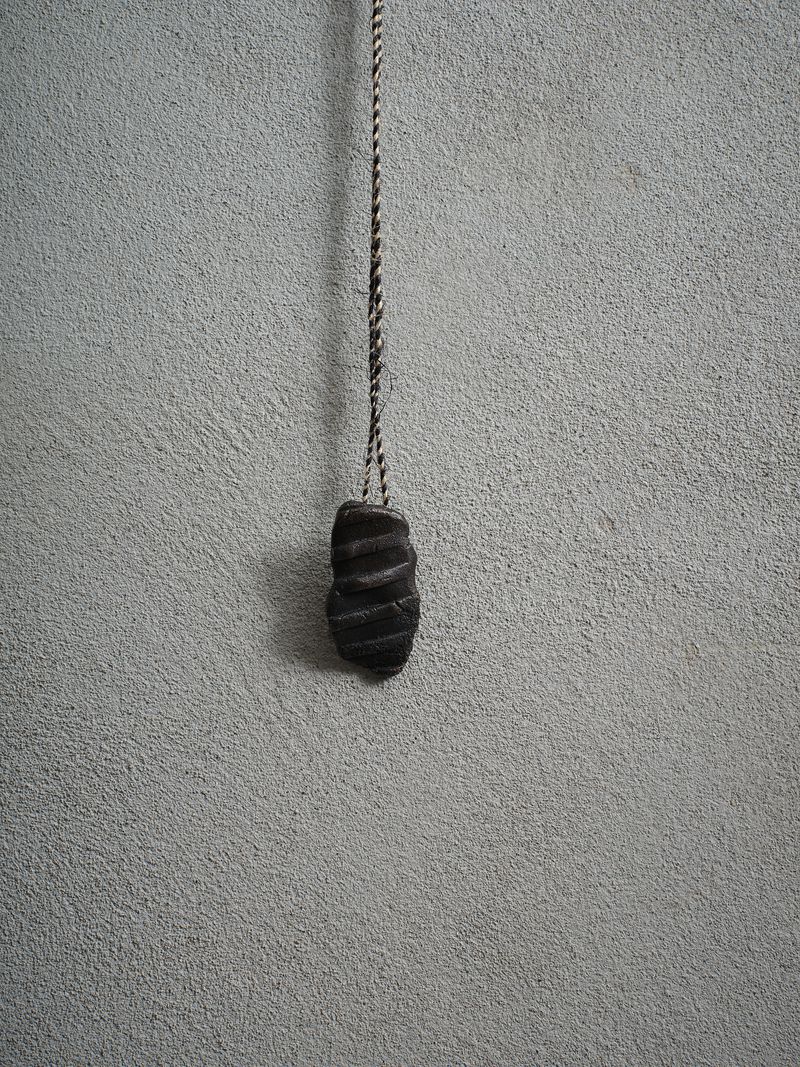
Moniek Schrijer
gutter slugs & moon splats IV
2021
bronze & sterling silver, hessian cord
series of eight - each unique
63 x 31 x 10mm
$600
Photo: Sam Hartnett
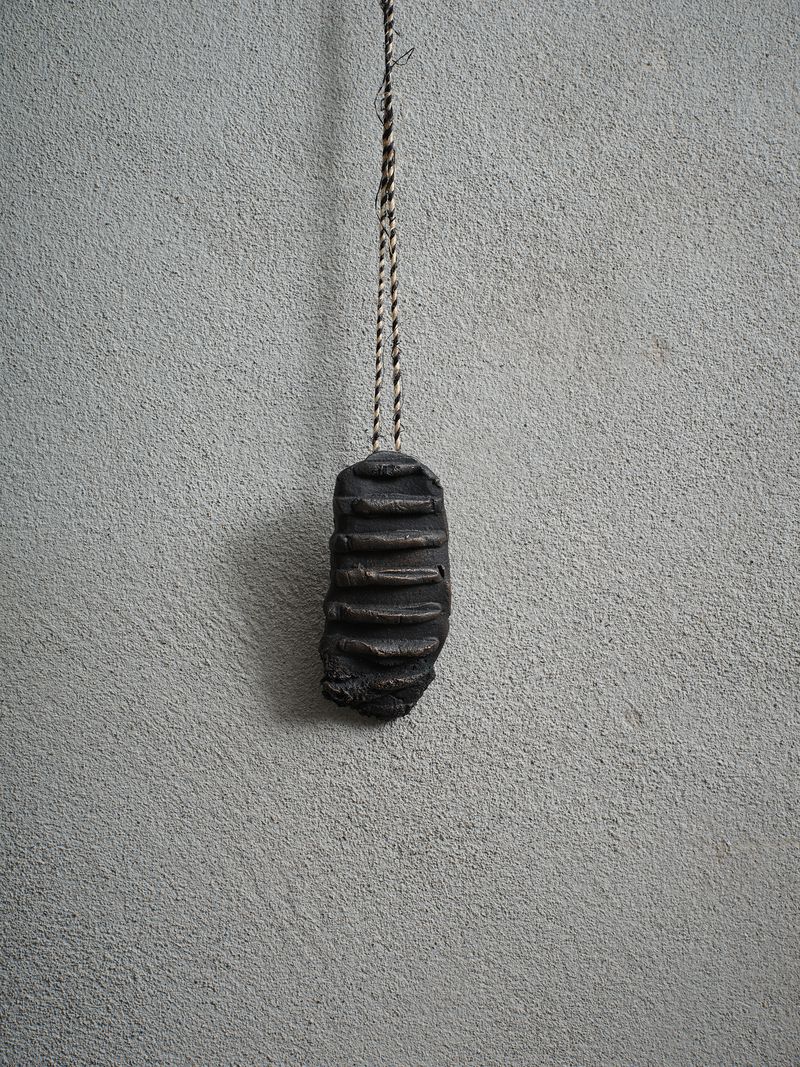
Moniek Schrijer
gutter slugs & moon splats II
2021
bronze & sterling silver, hessian cord
series of eight - each unique
90 x 40 x 15mm
$600
Photo: Sam Hartnett
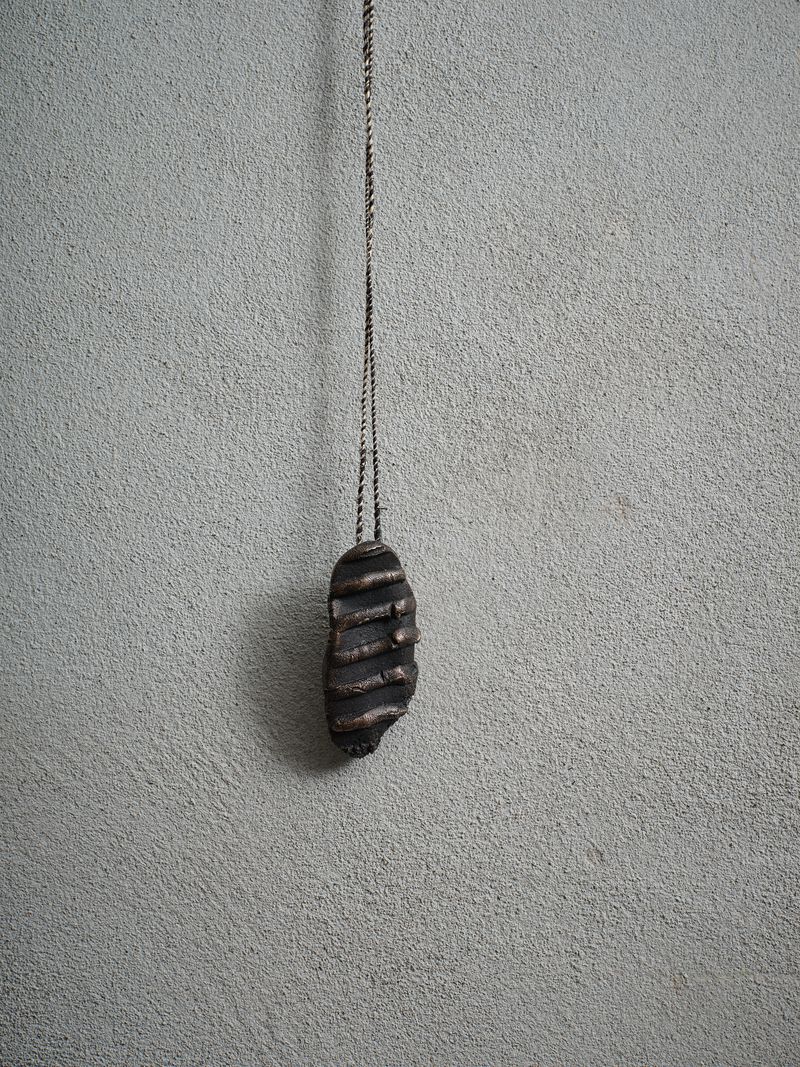
Moniek Schrijer
gutter slugs & moon splats V
2021
bronze & sterling silver, hessian cord
series of eight - each unique
76 x 35 x 15mm
$600
Photo: Sam Hartnett
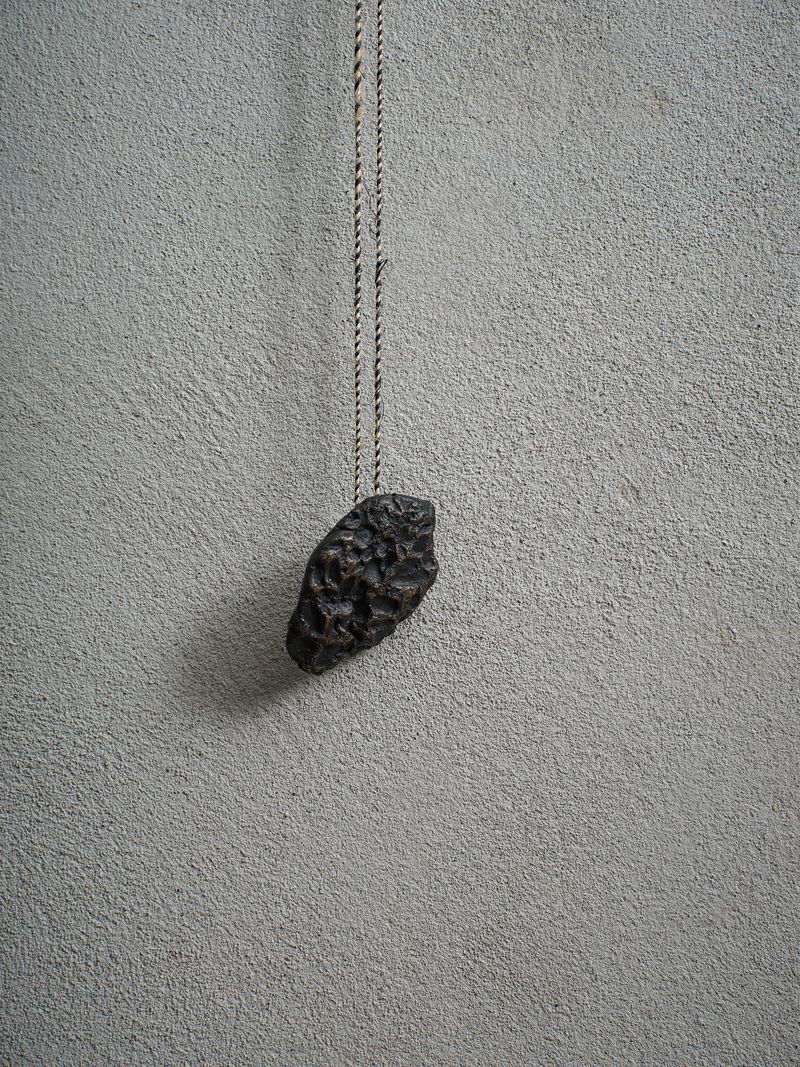
Moniek Schrijer
gutter slugs & moon splats VII
2021
bronze & sterling silver, hessian cord
series of eight - each unique
62 x 44 x 15mm
$600
Photo: Sam Hartnett
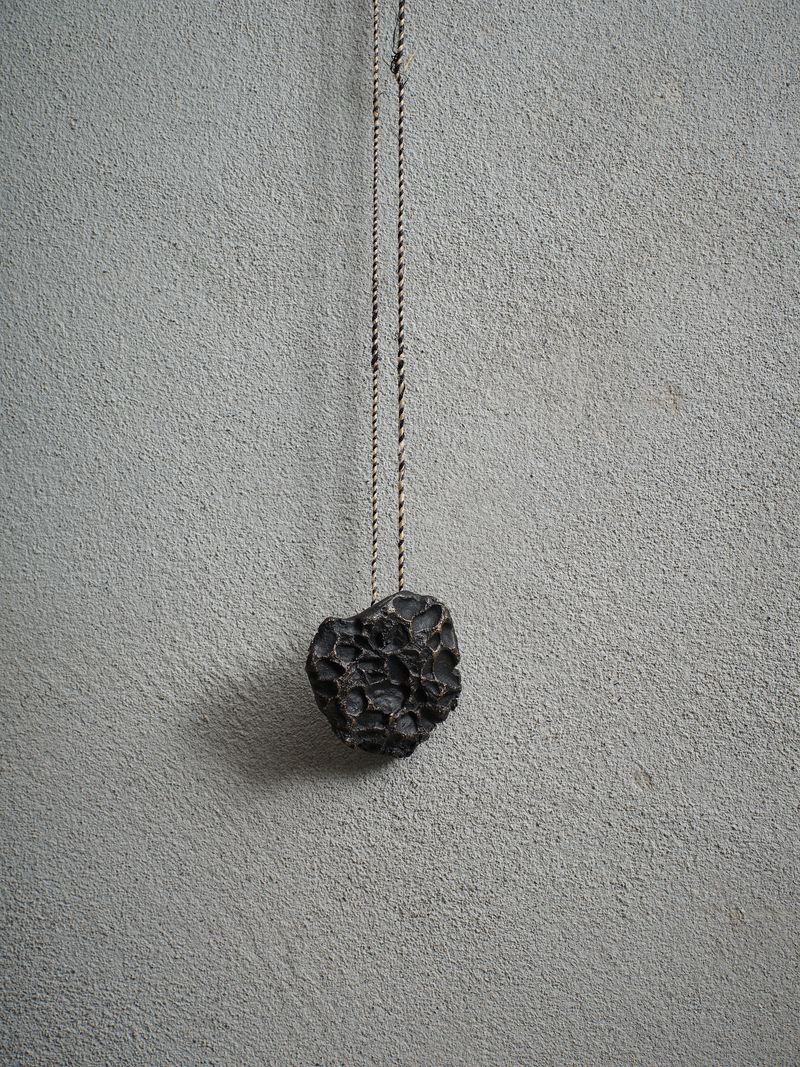
Moniek Schrijer
gutter slugs & moon splats VI
2021
bronze & sterling silver, hessian cord
series of eight - each unique
55 x 52 x 10mm
SOLD
Photo: Sam Hartnett
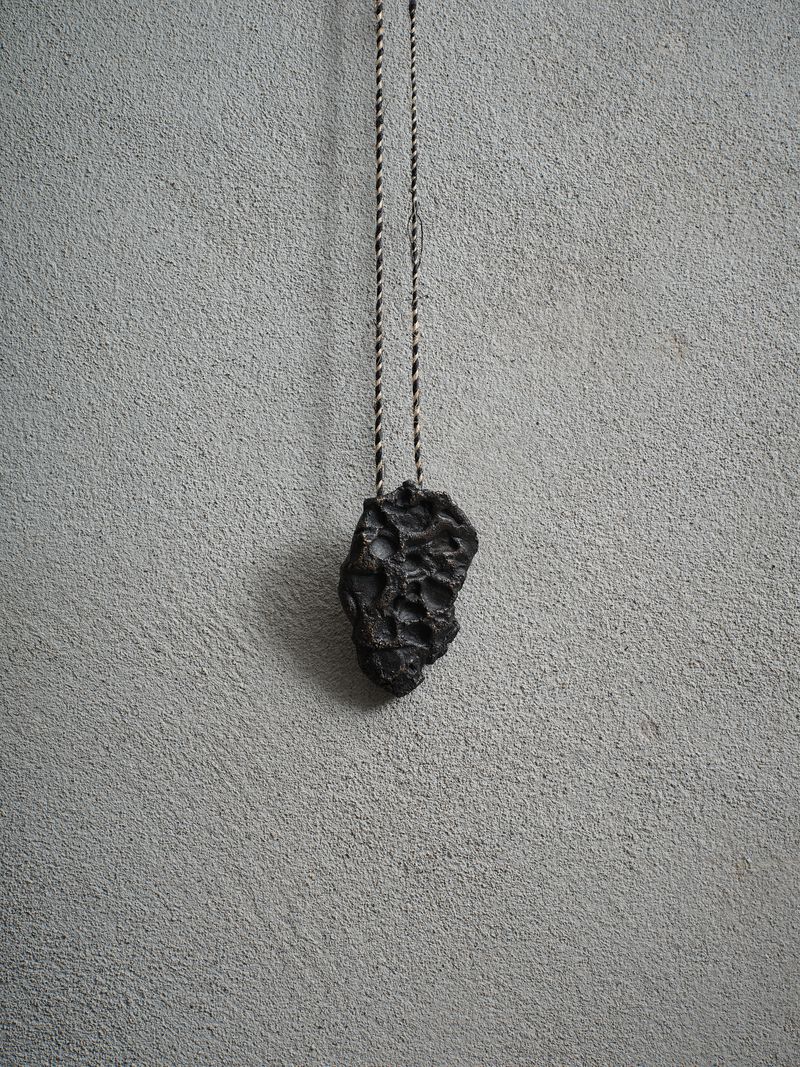
Moniek Schrijer
gutter slugs & moon splats III
2021
bronze & sterling silver, hessian cord
series of eight - each unique
66 x 45 x 10mm
$600
Photo: Sam Hartnett
